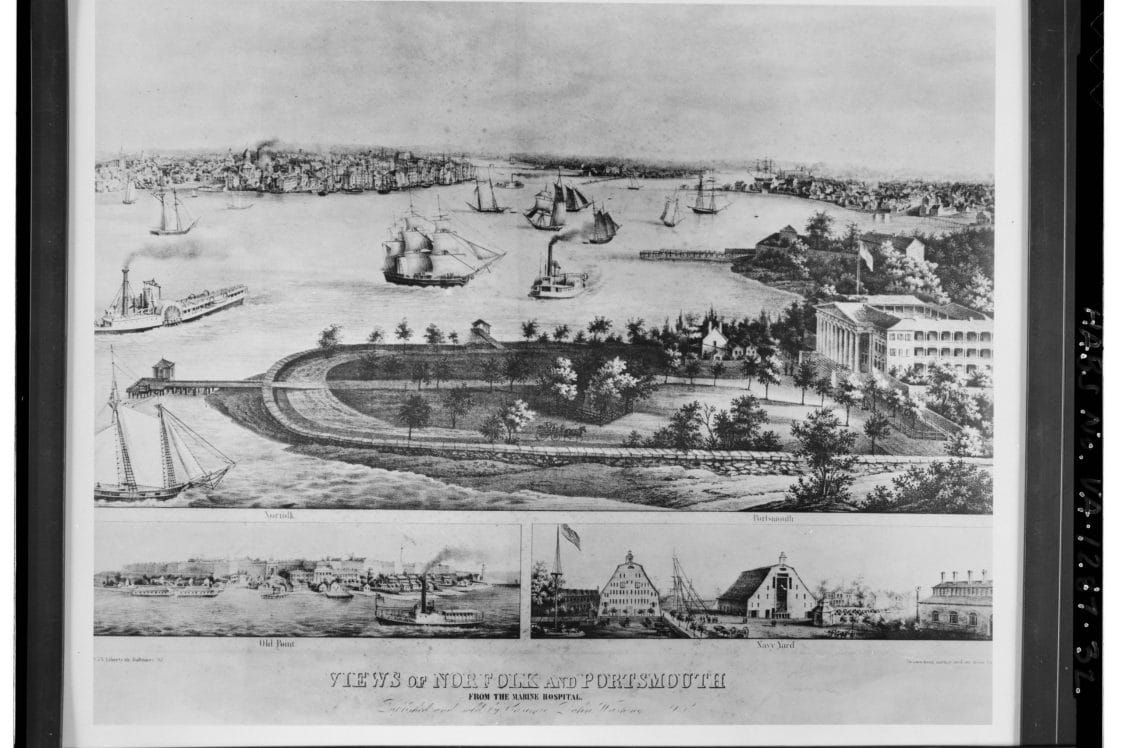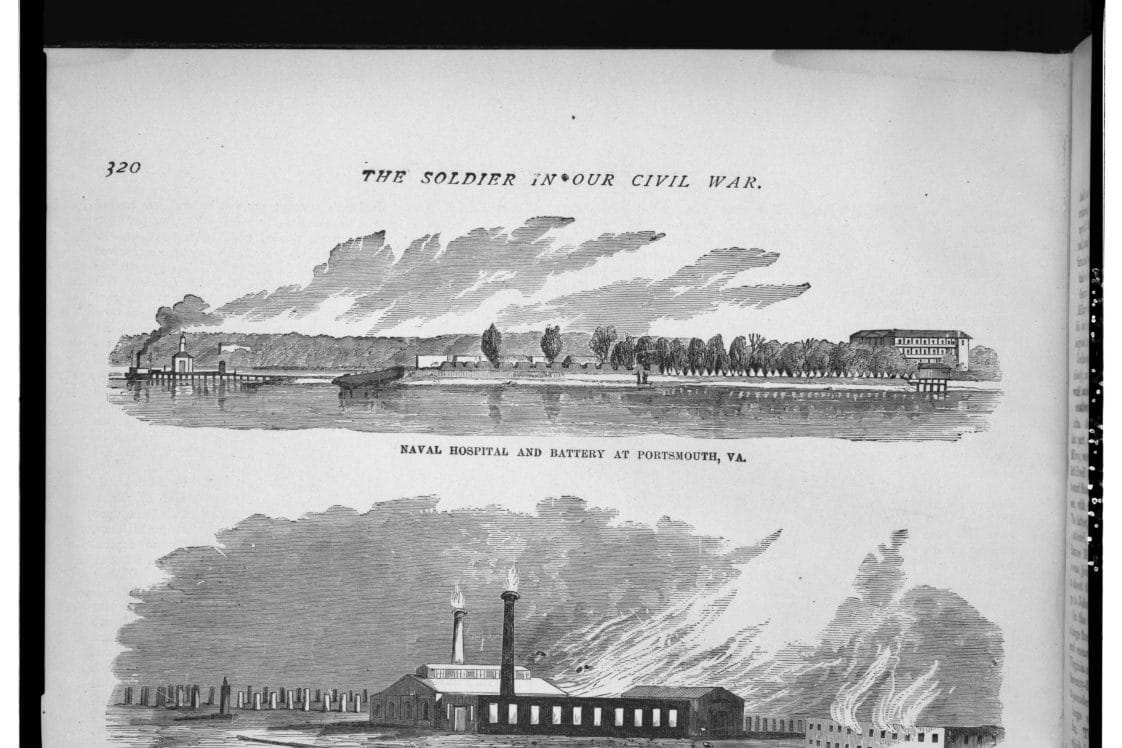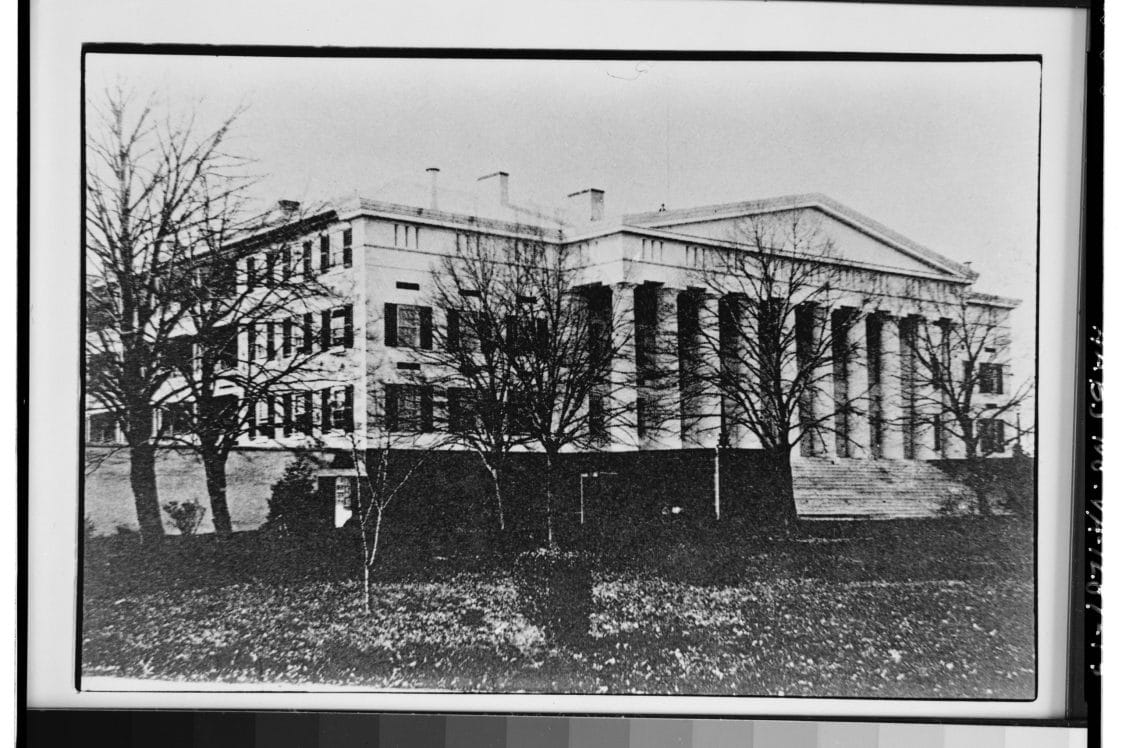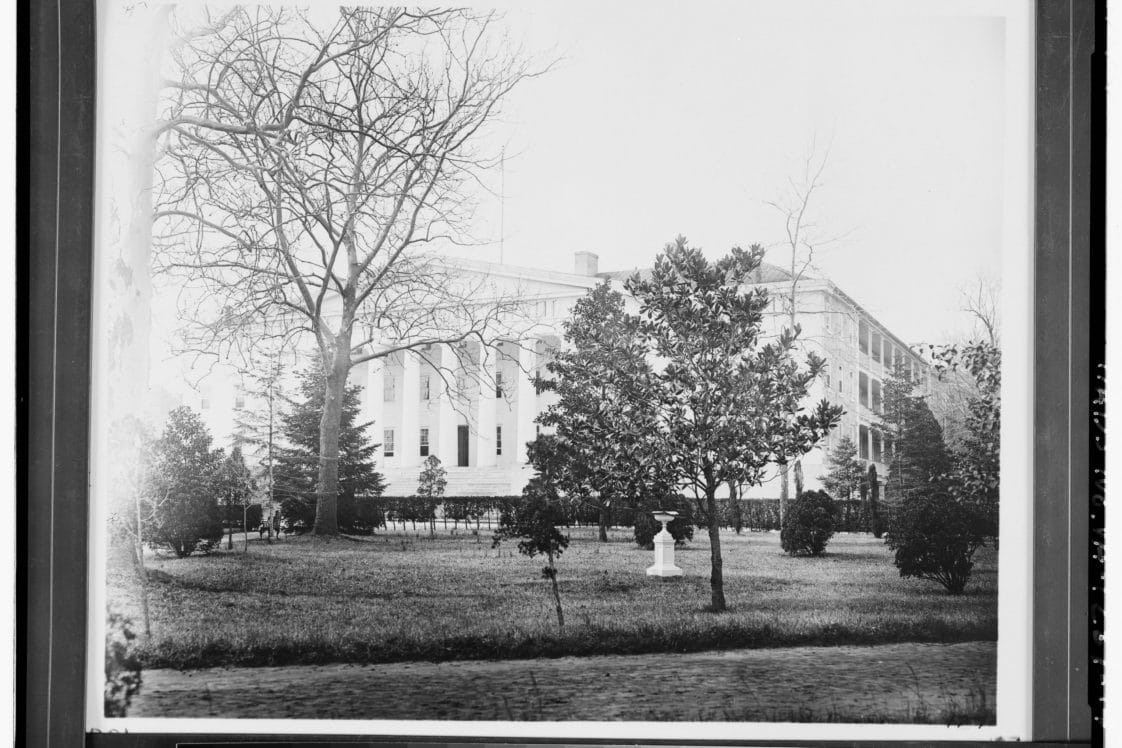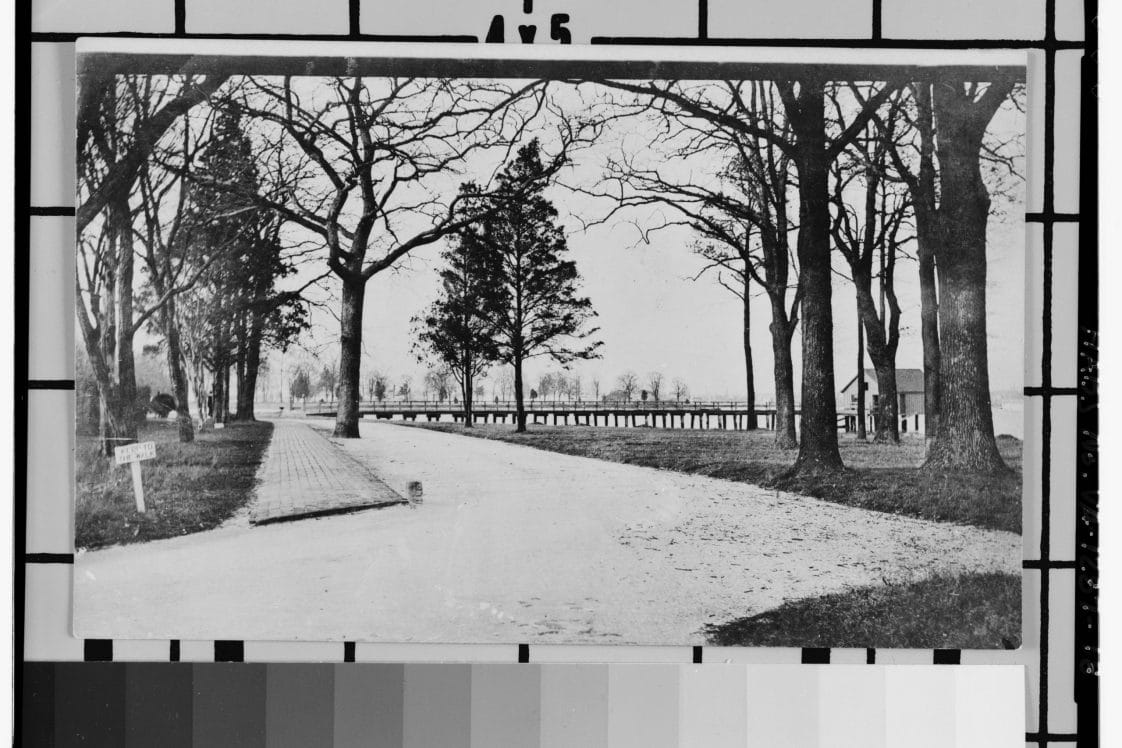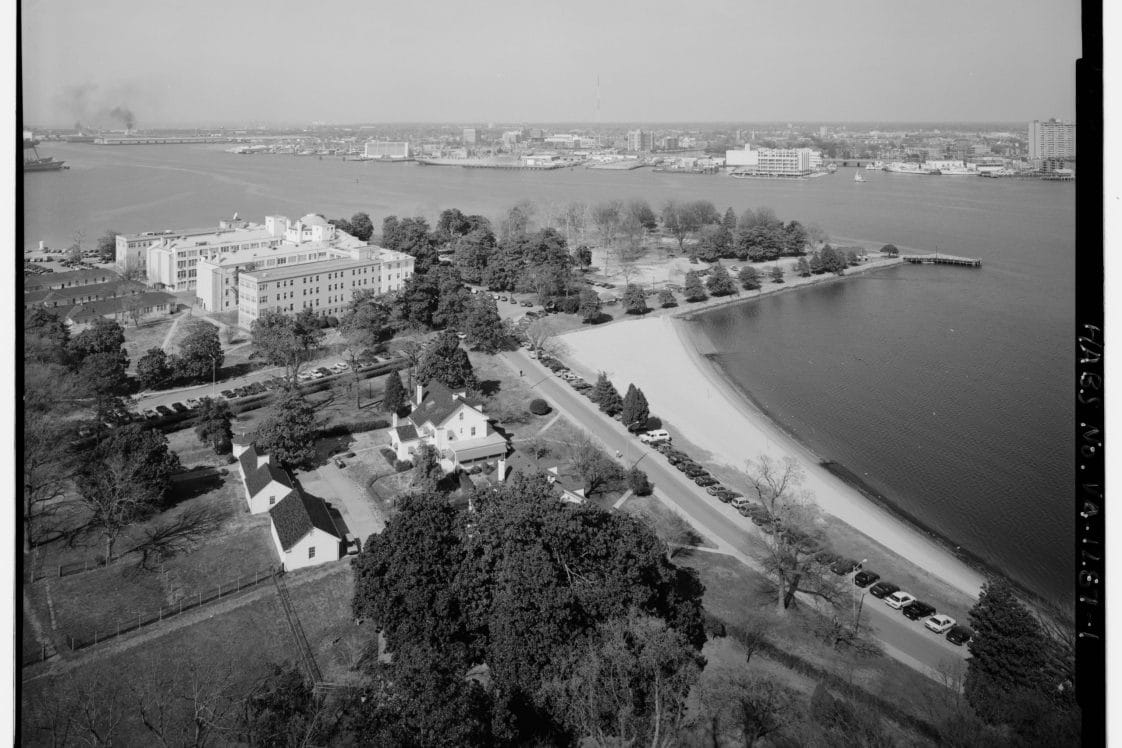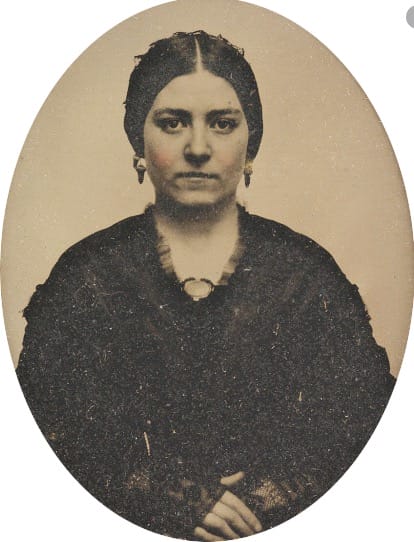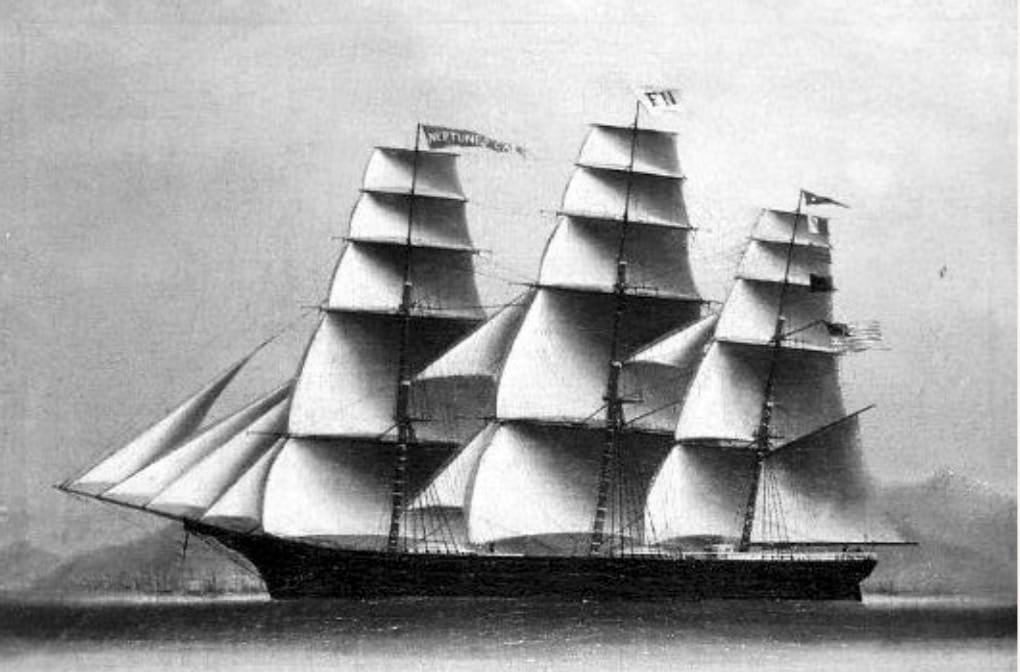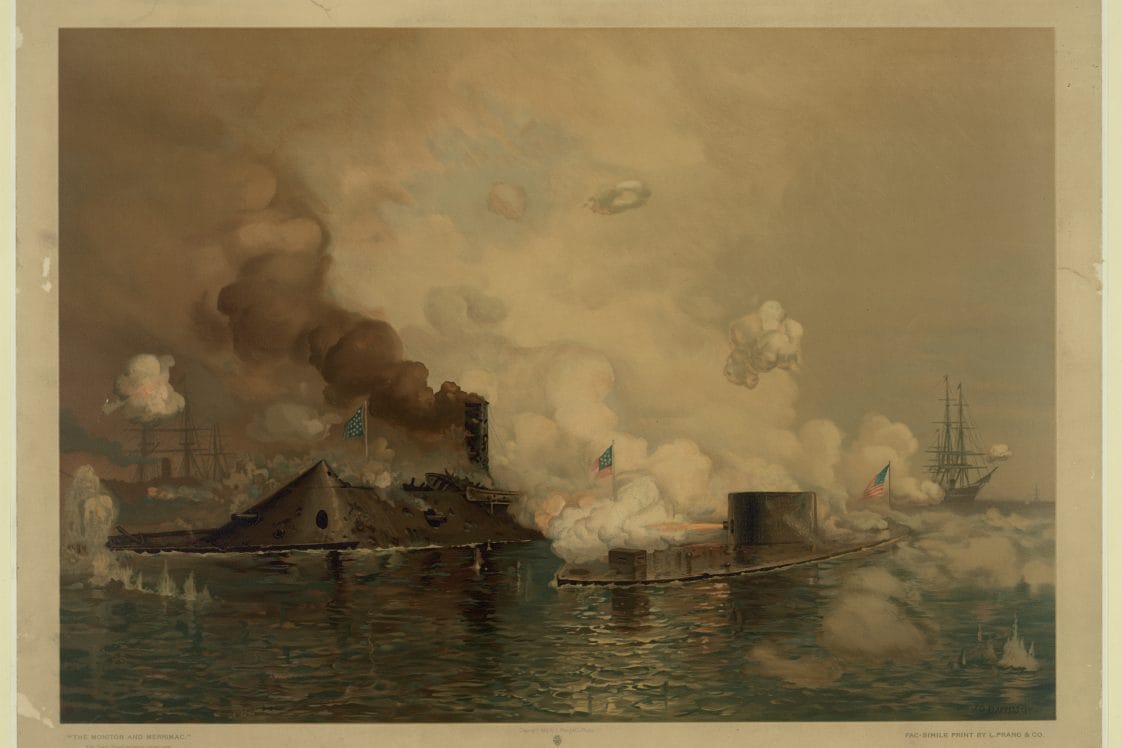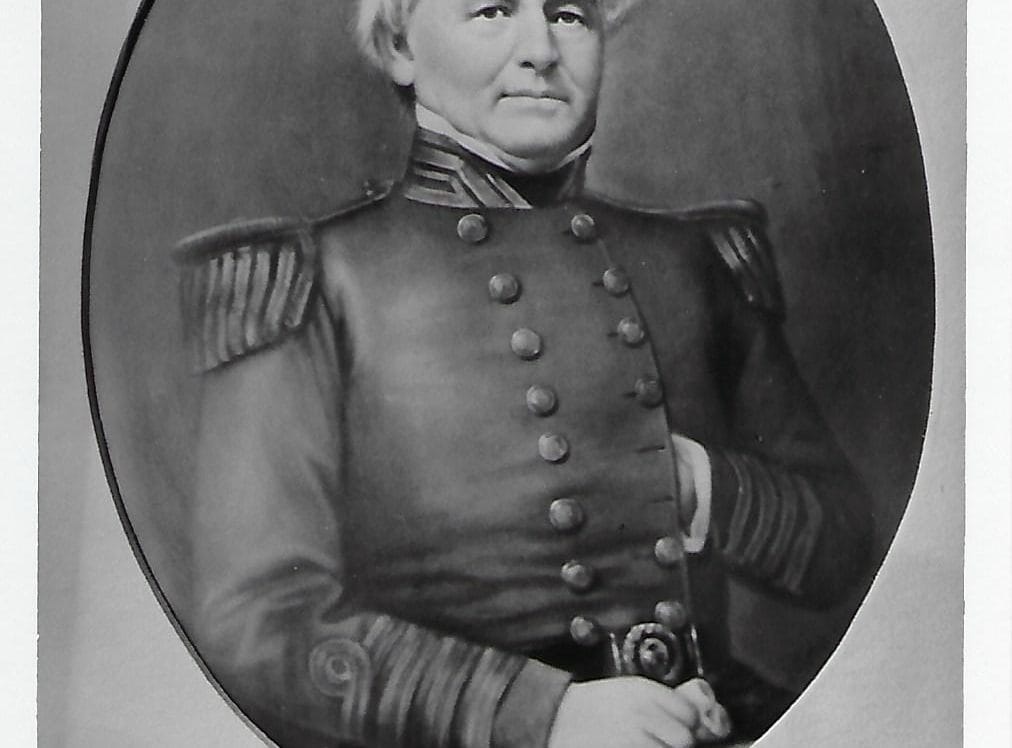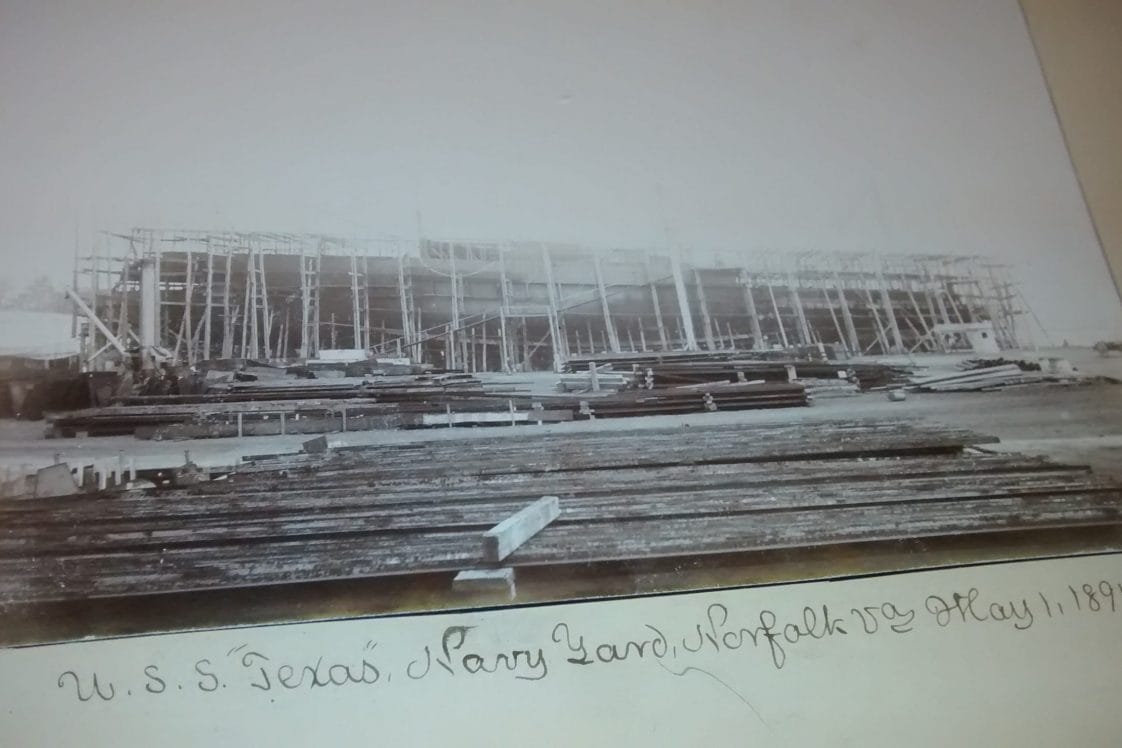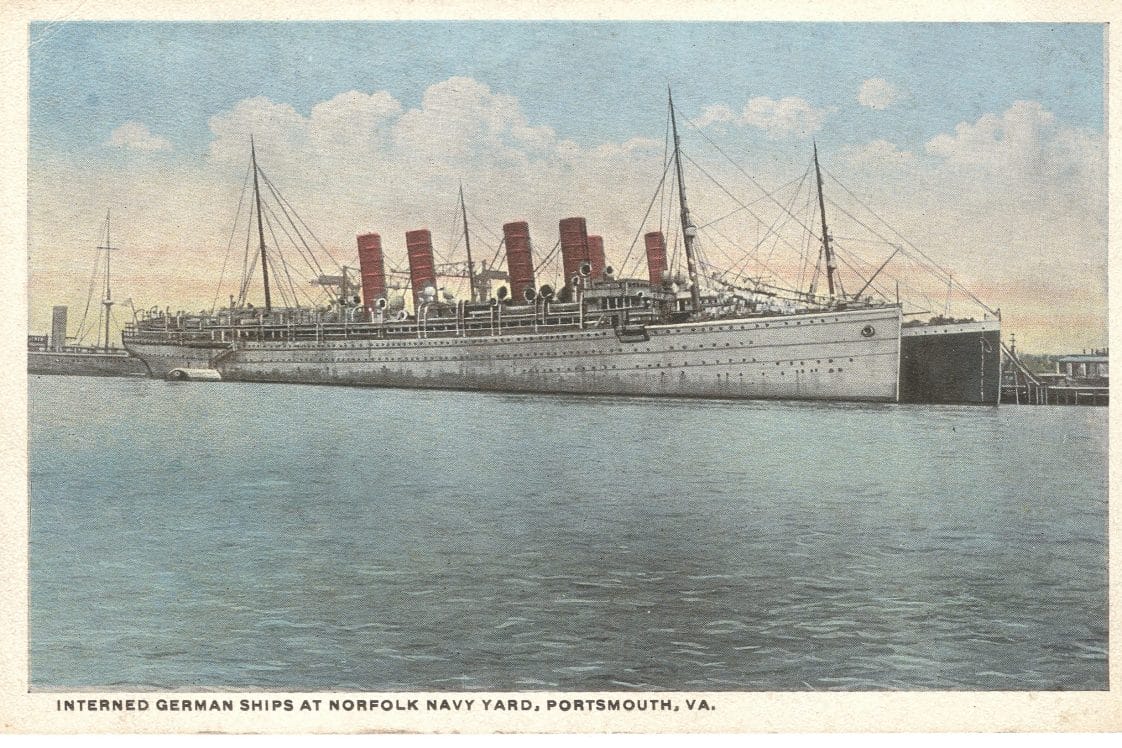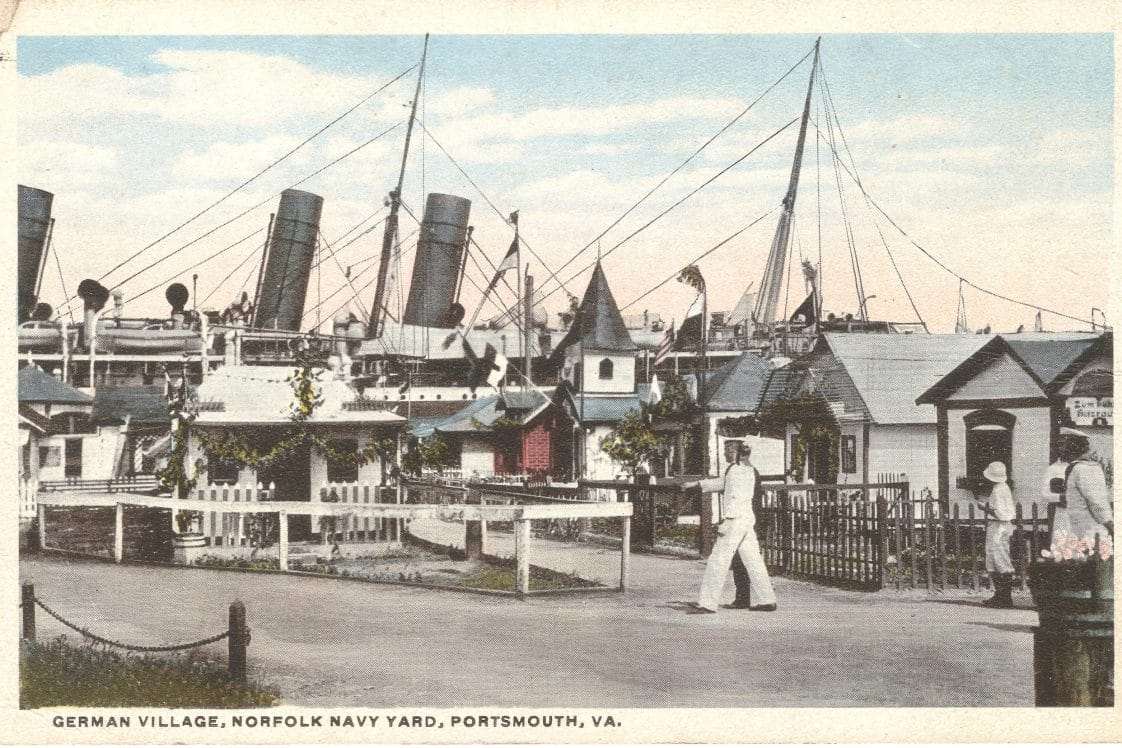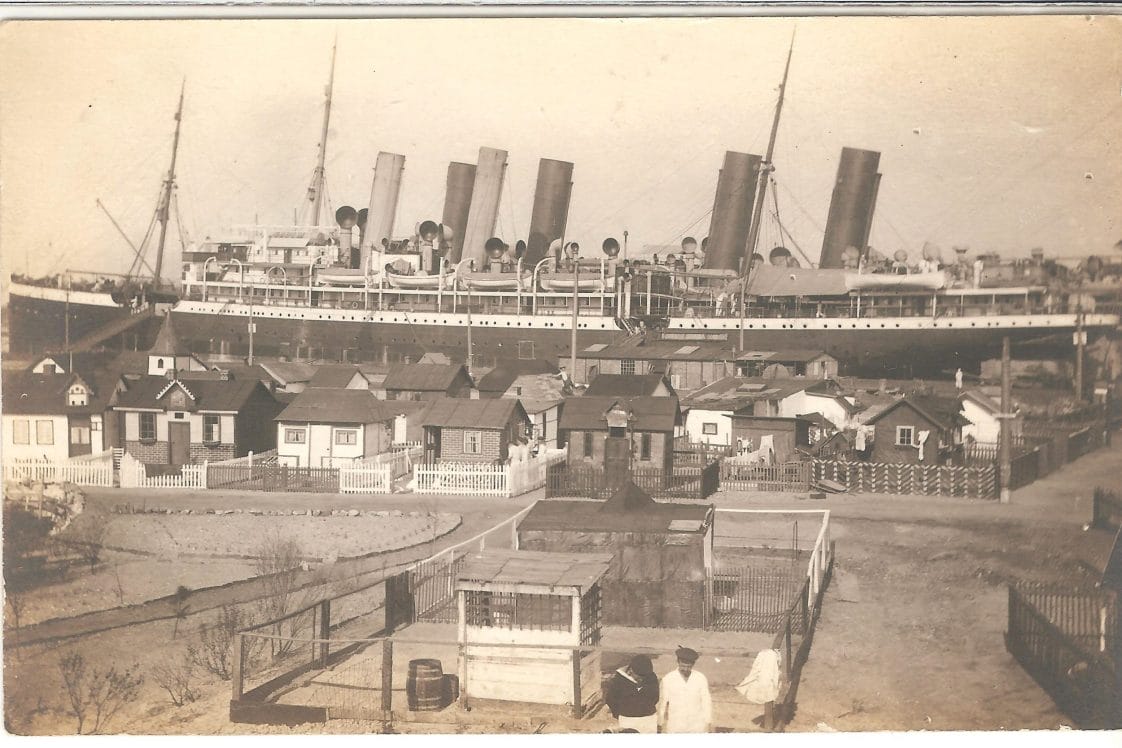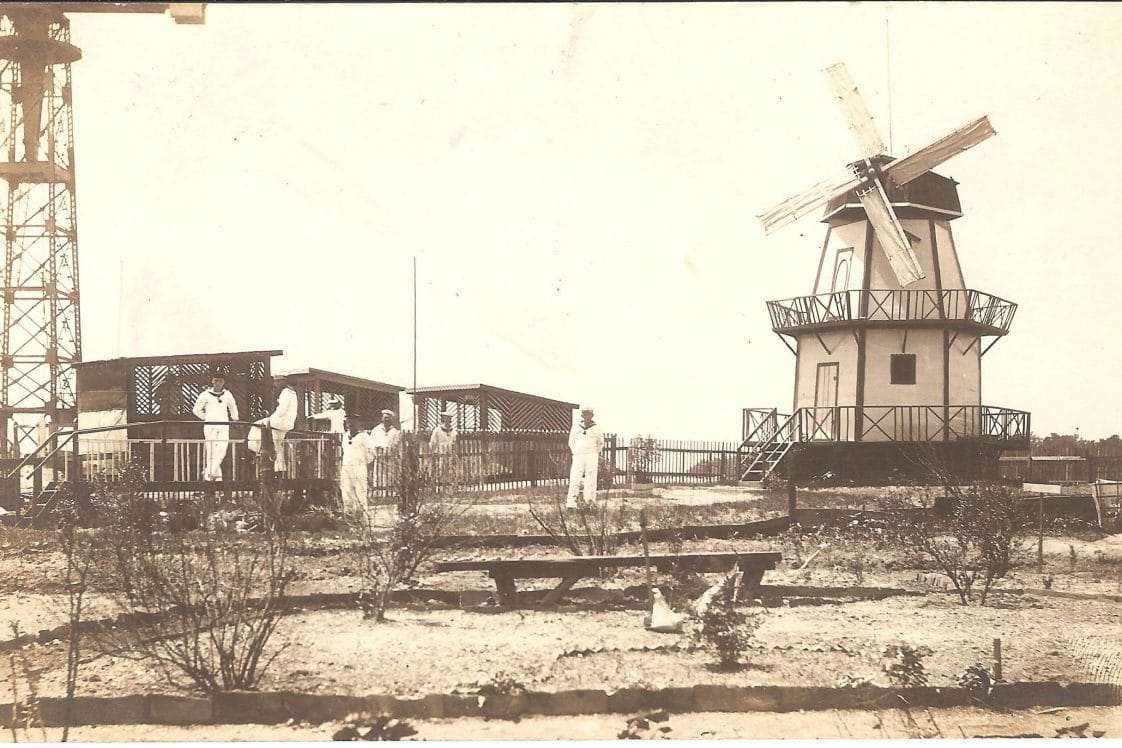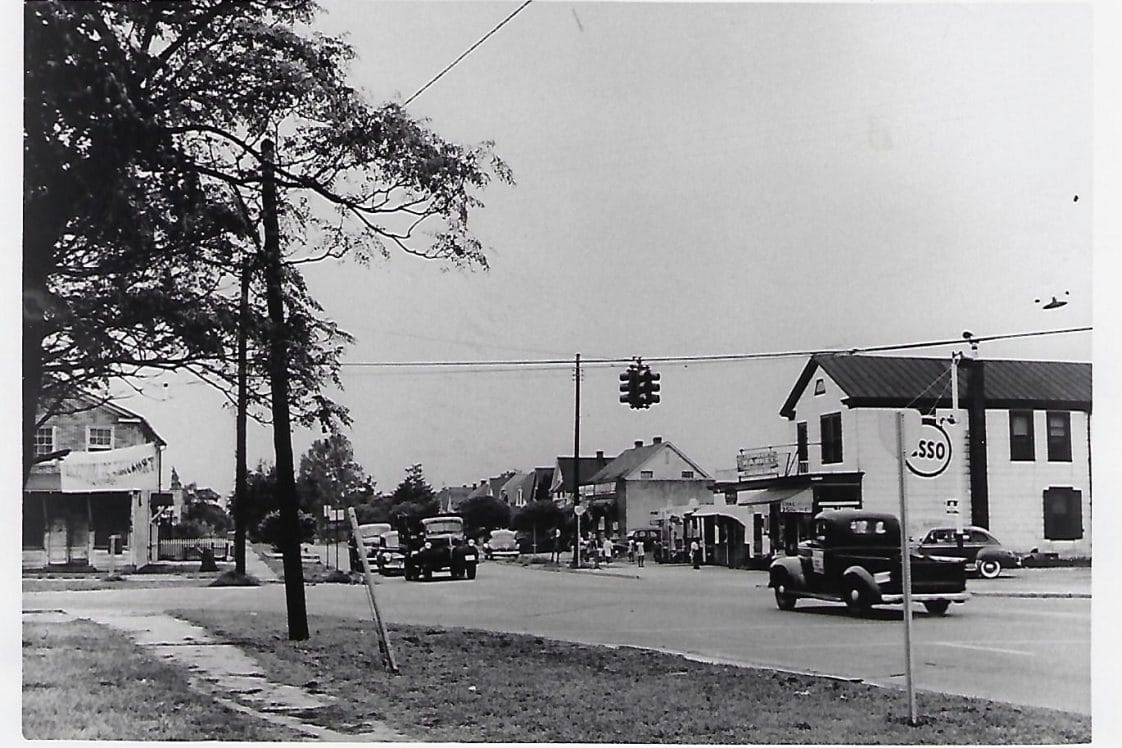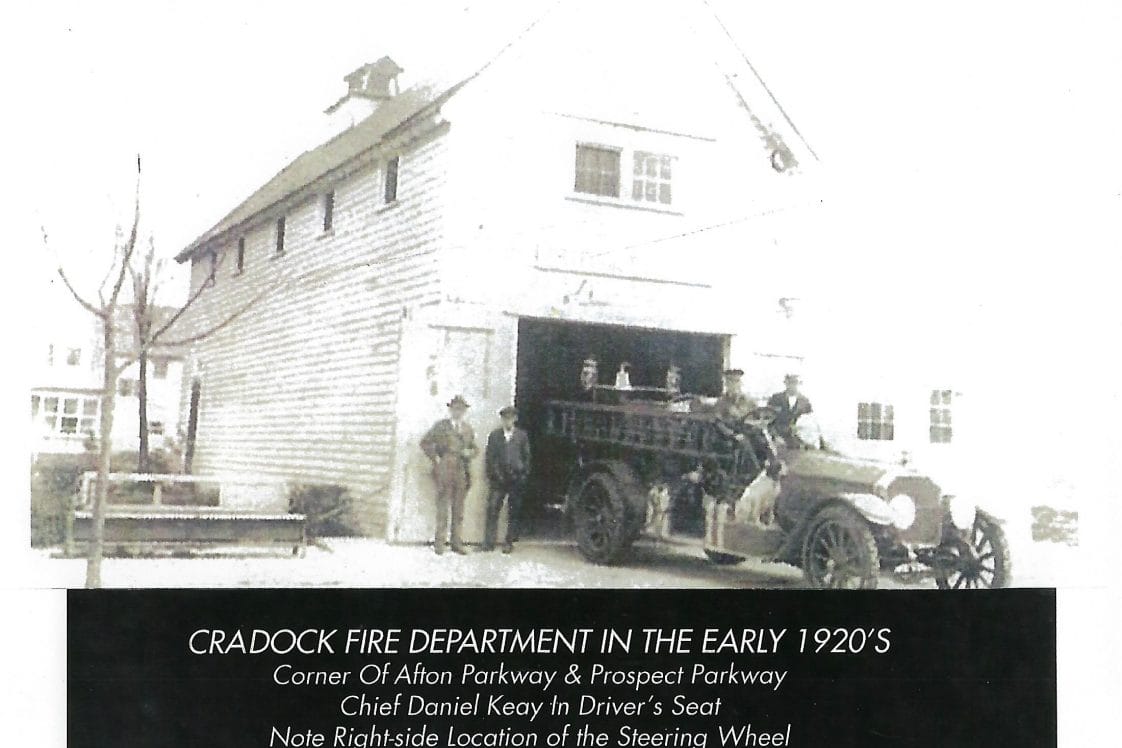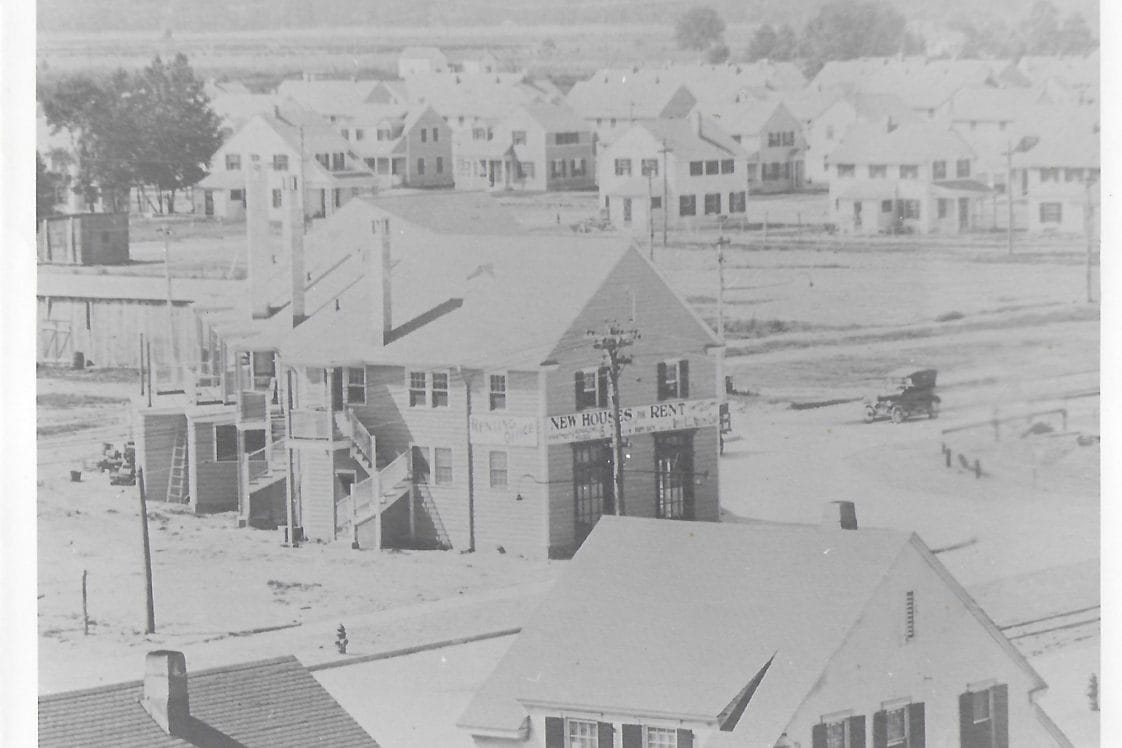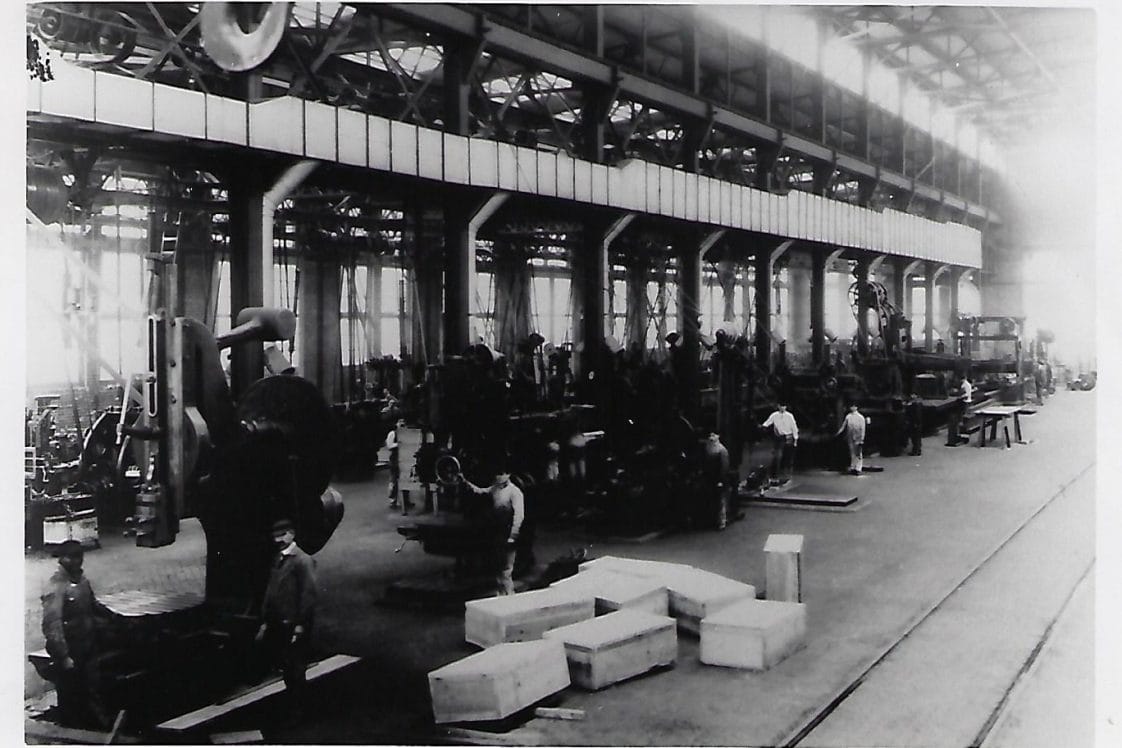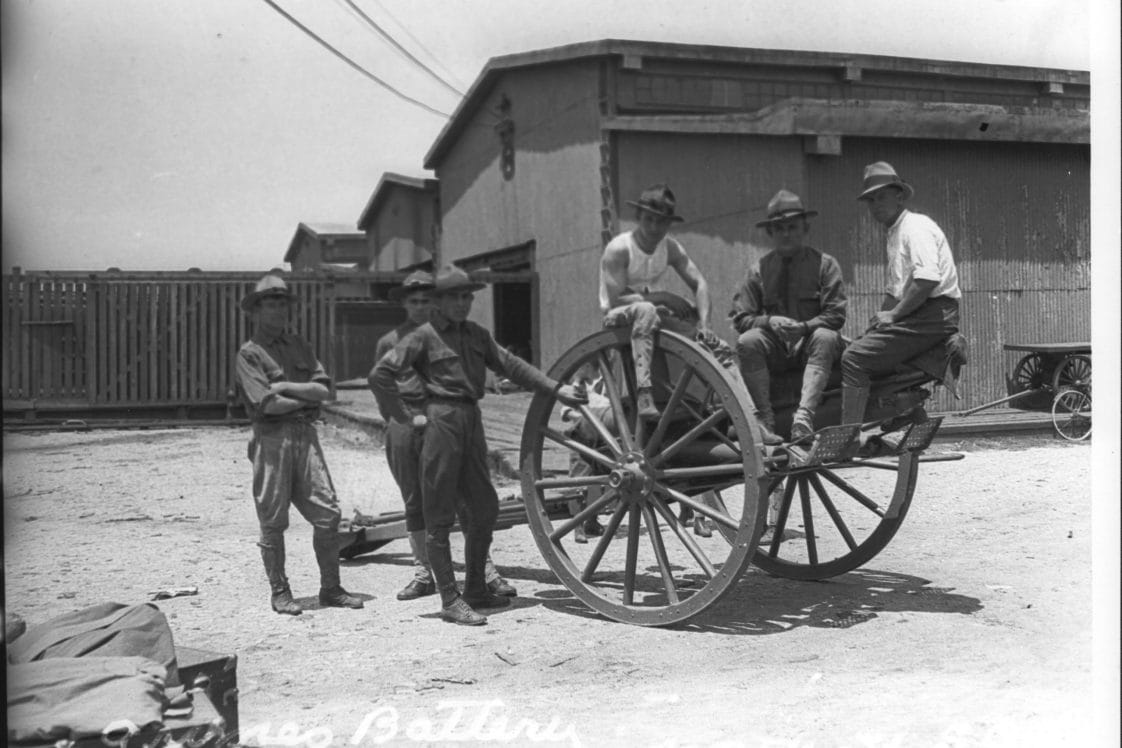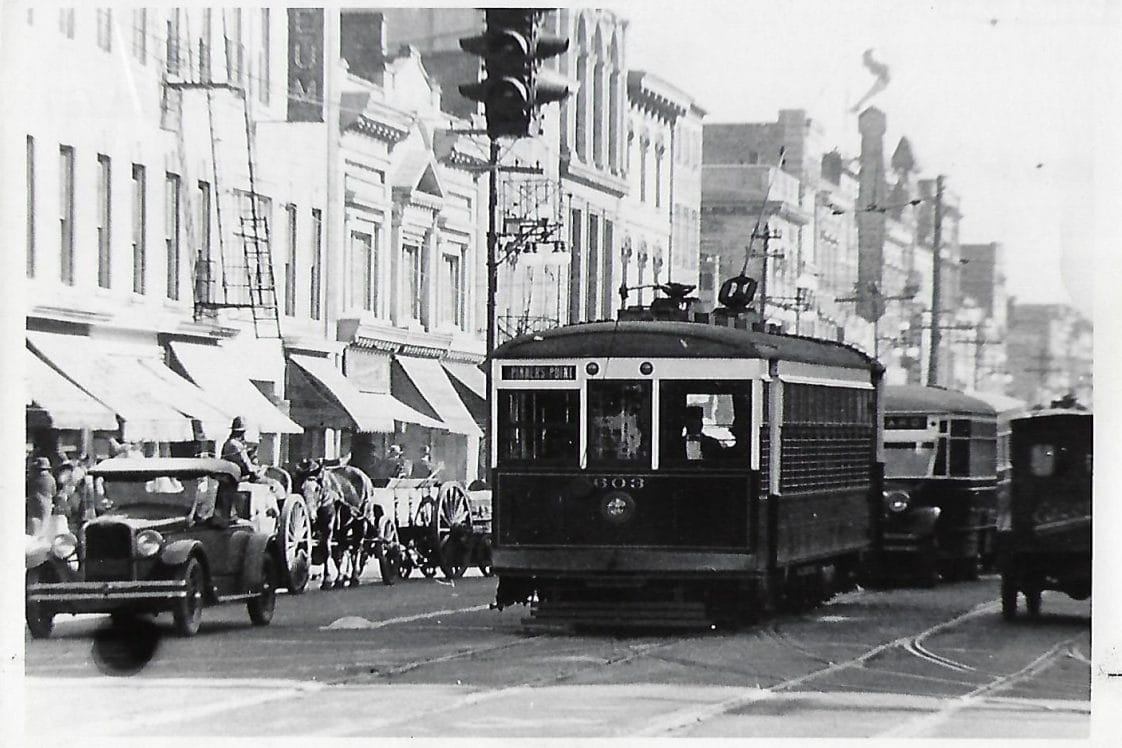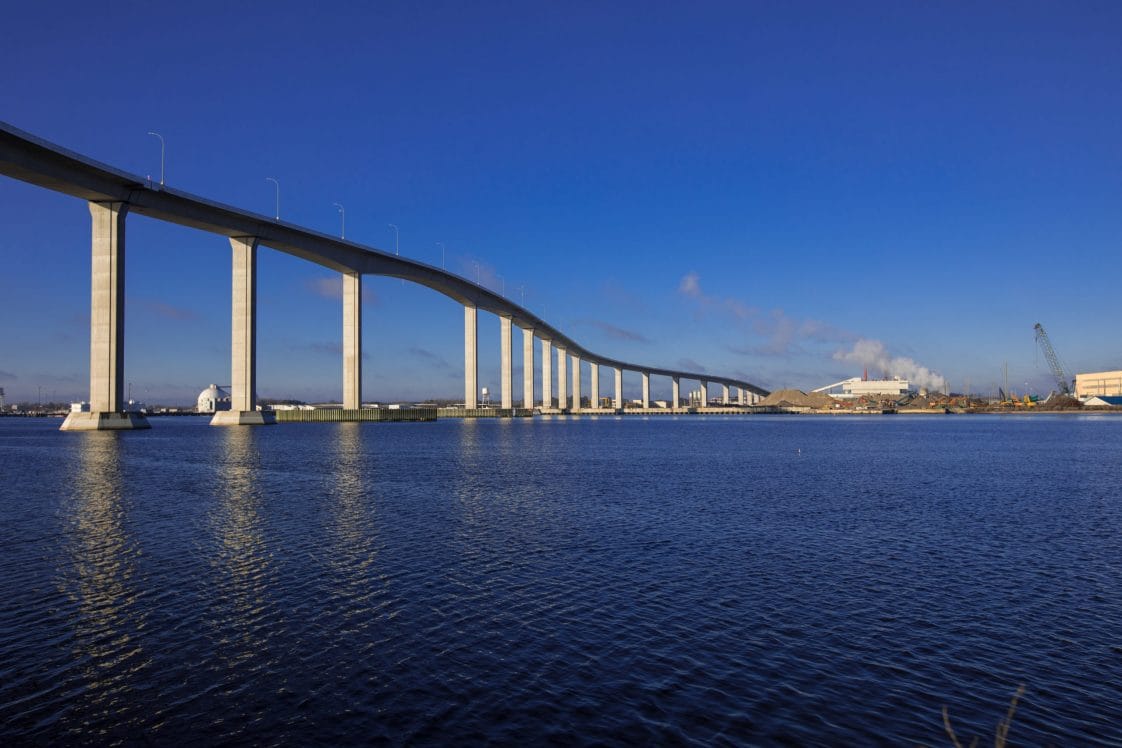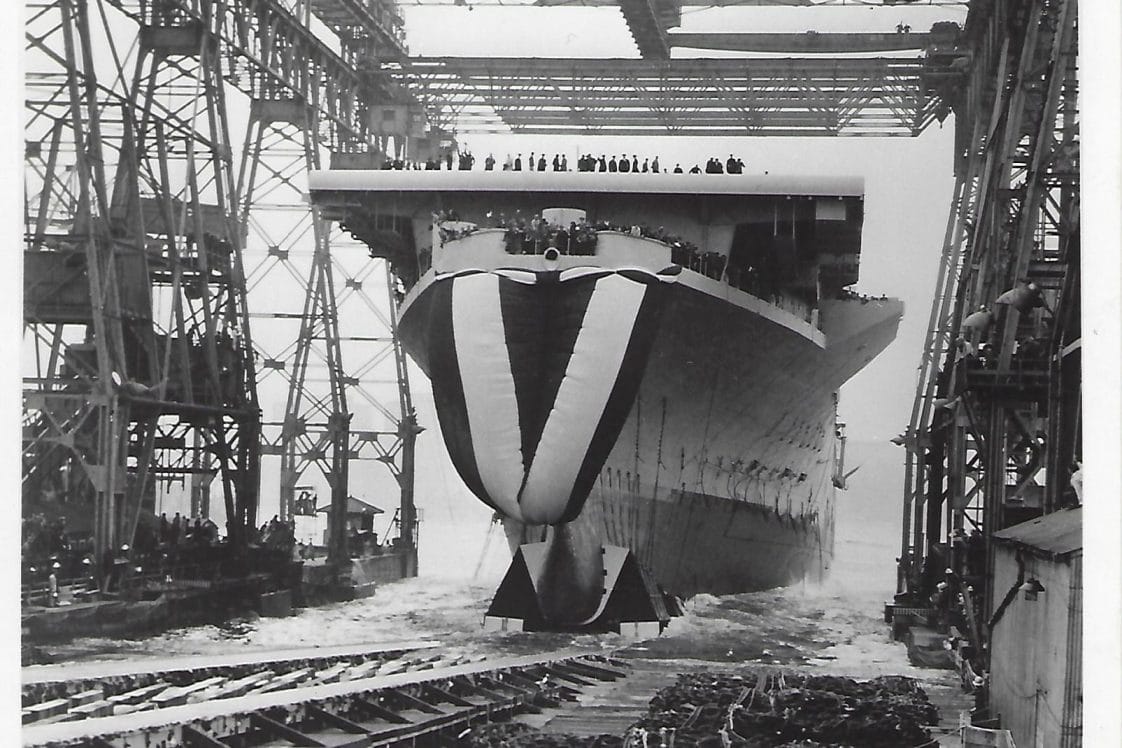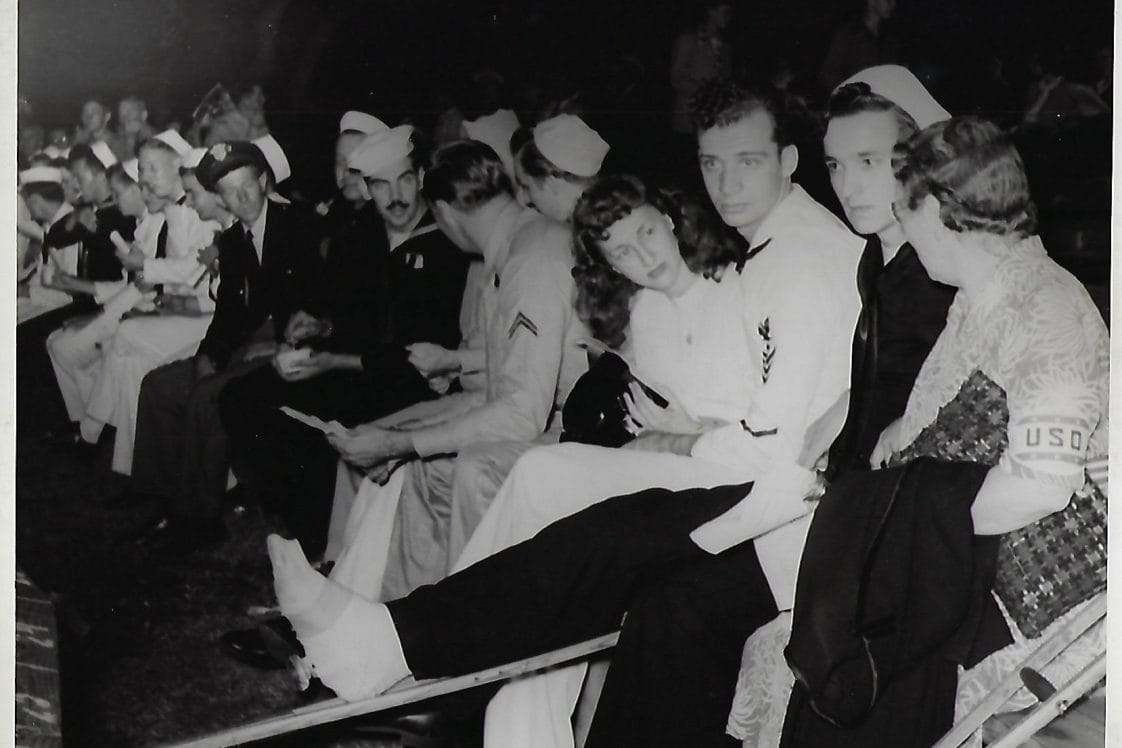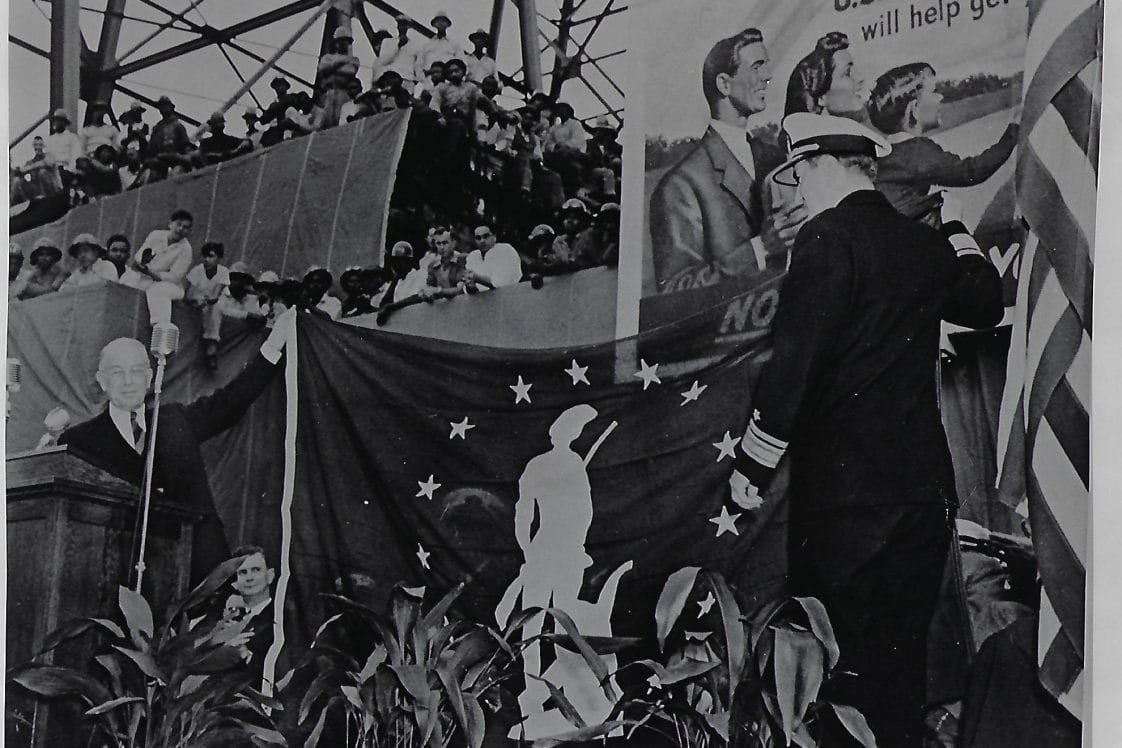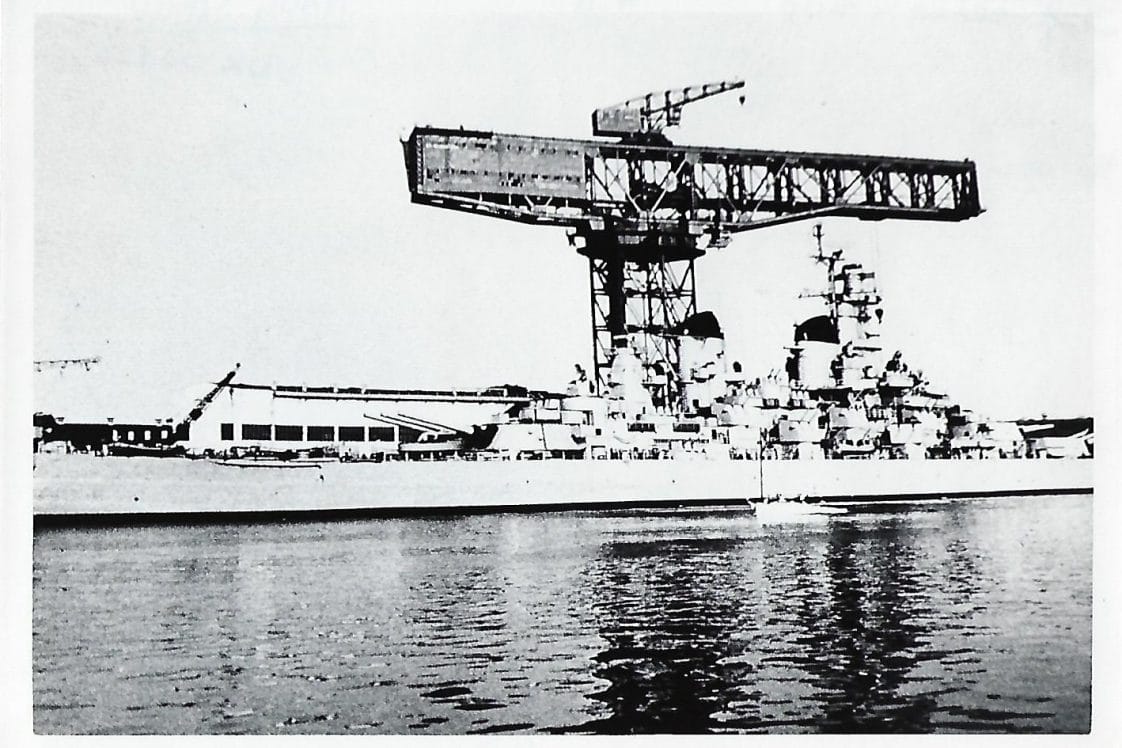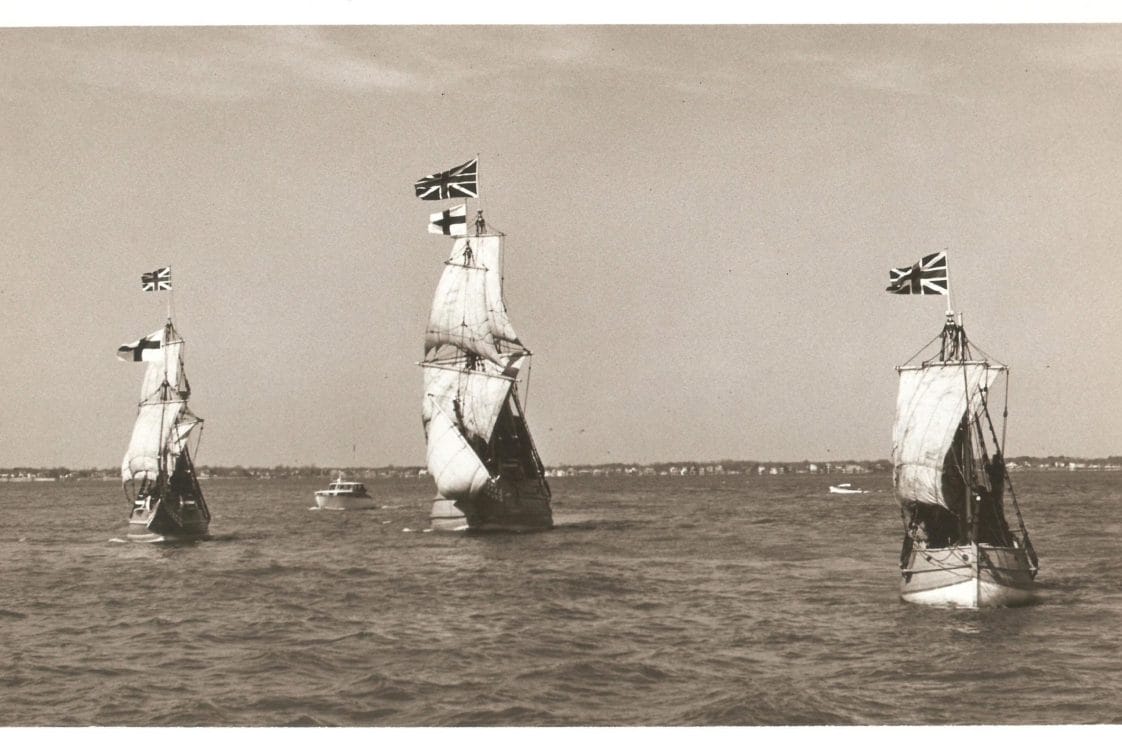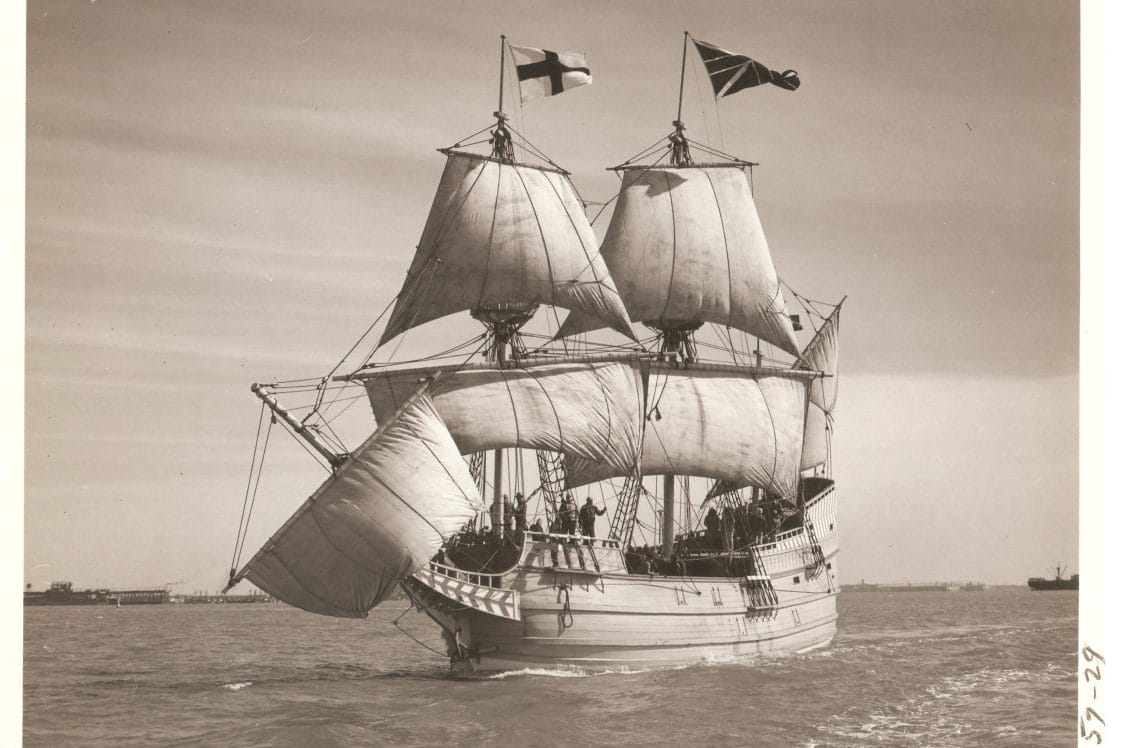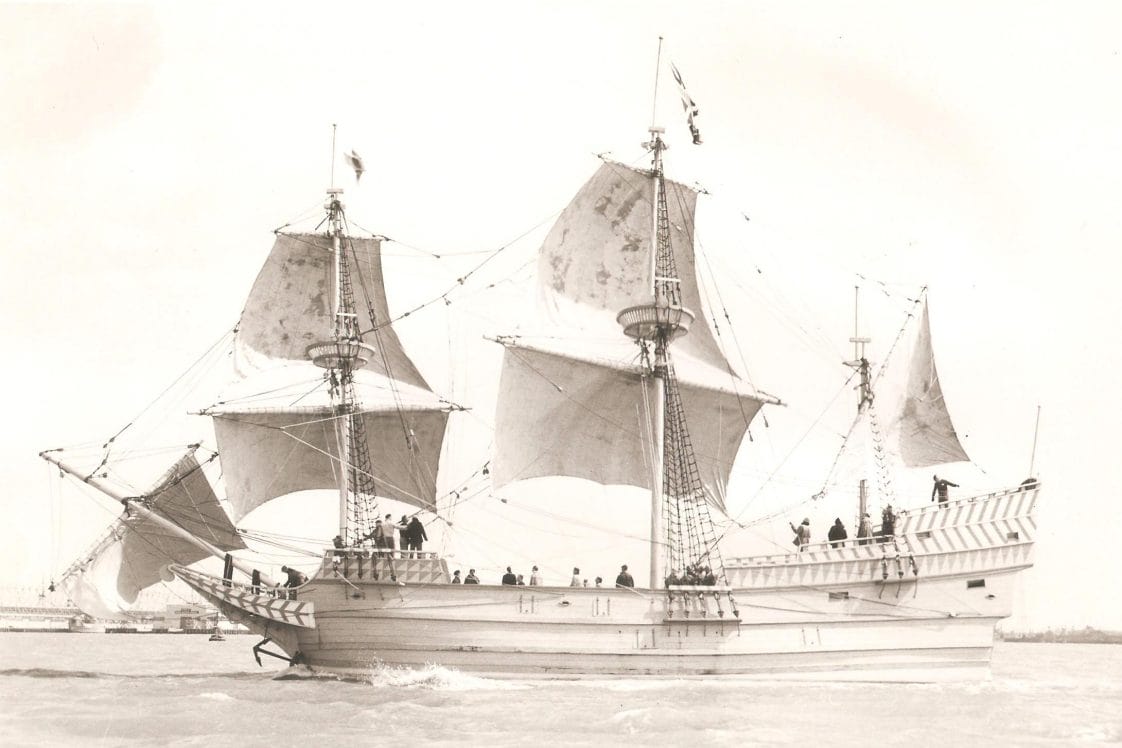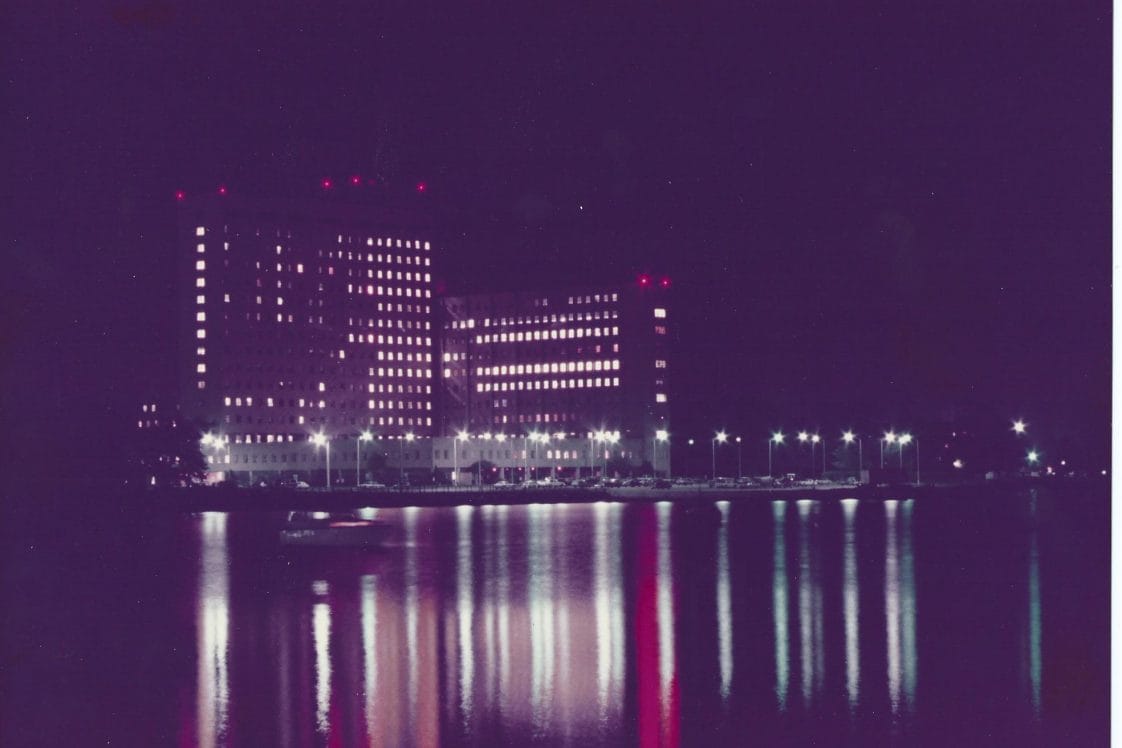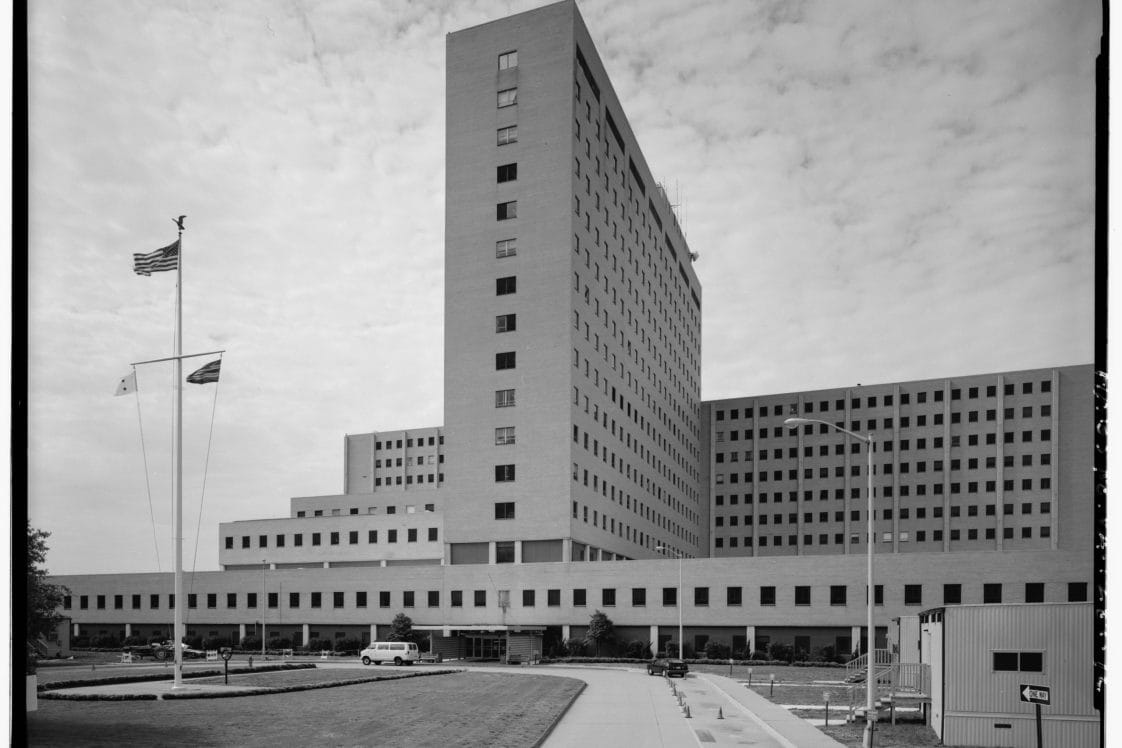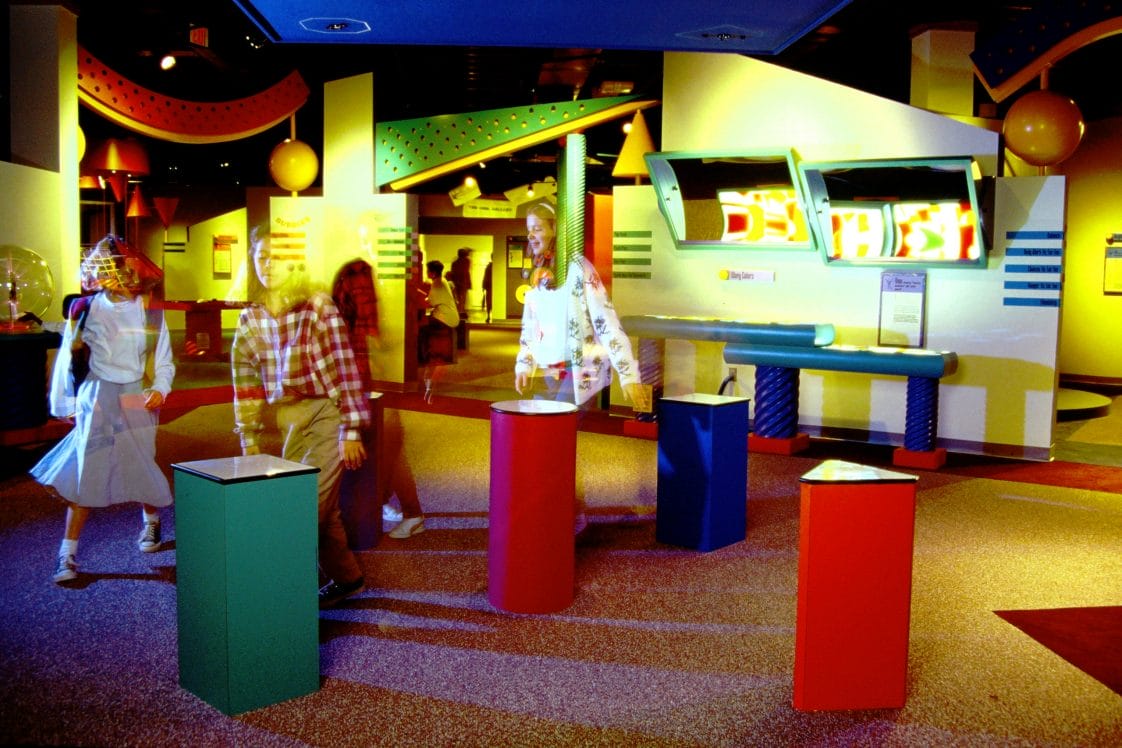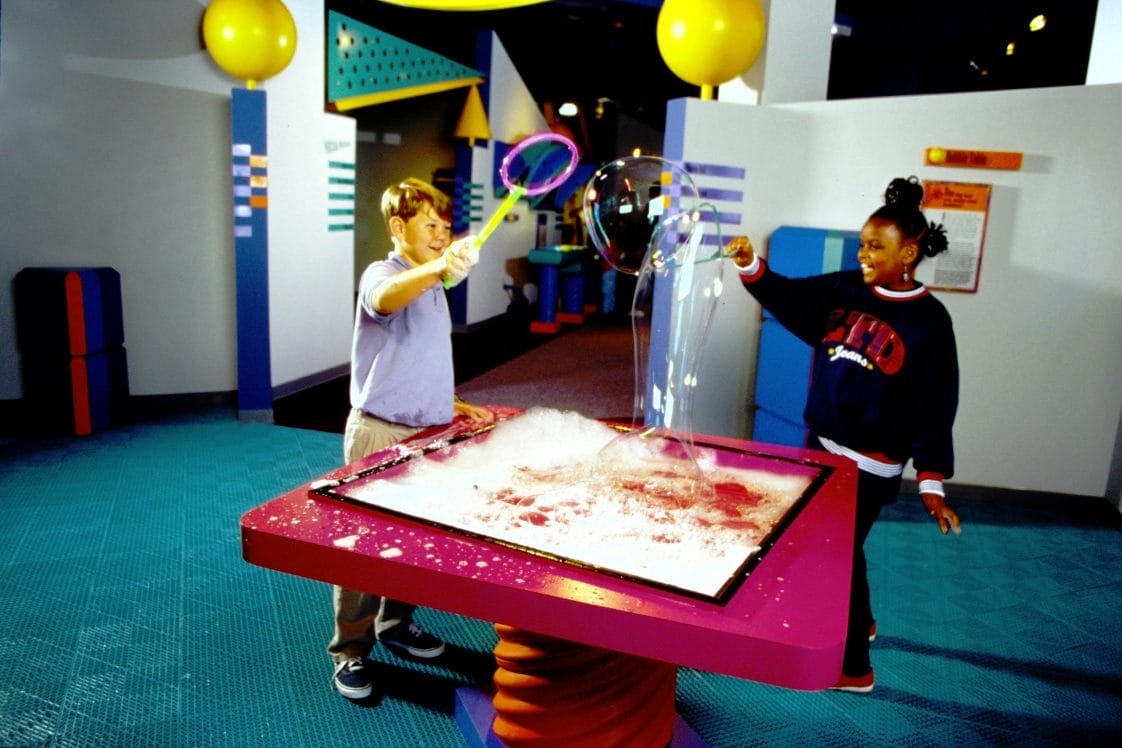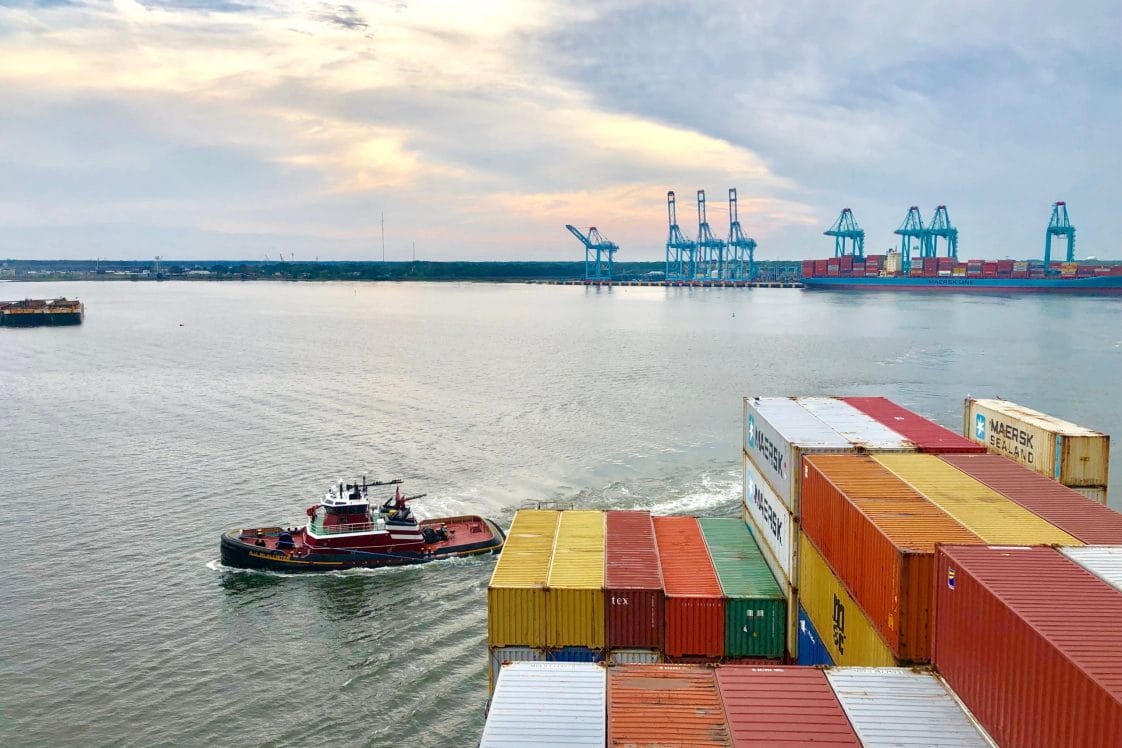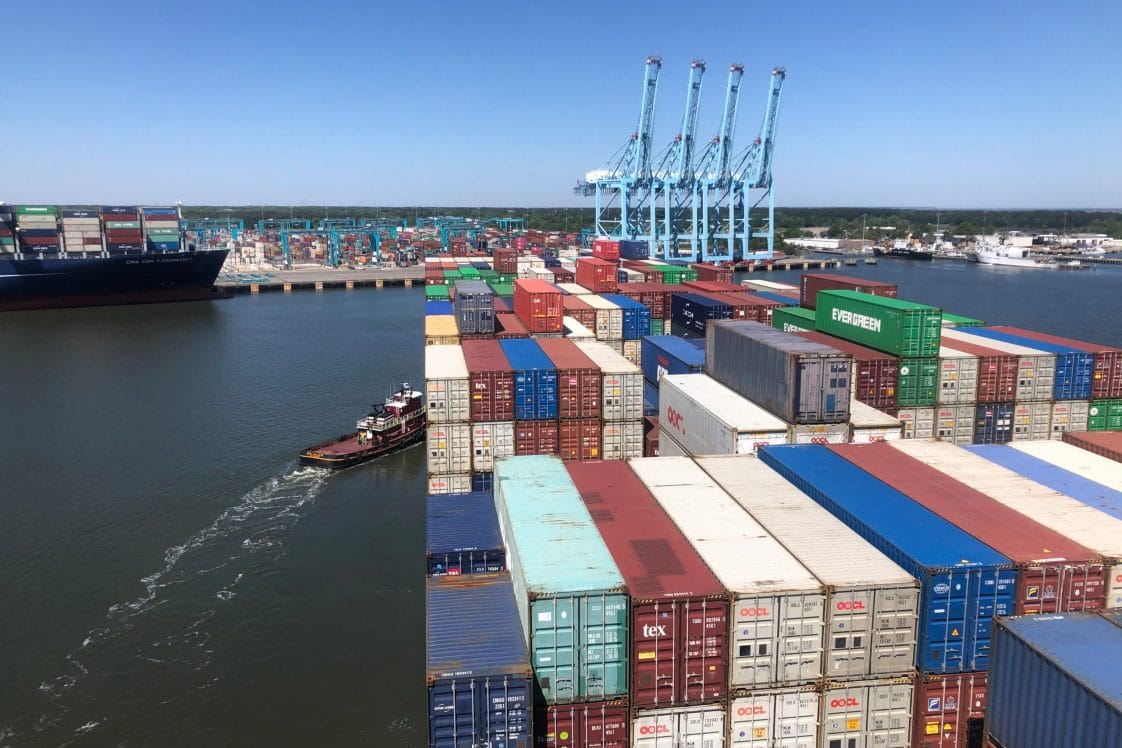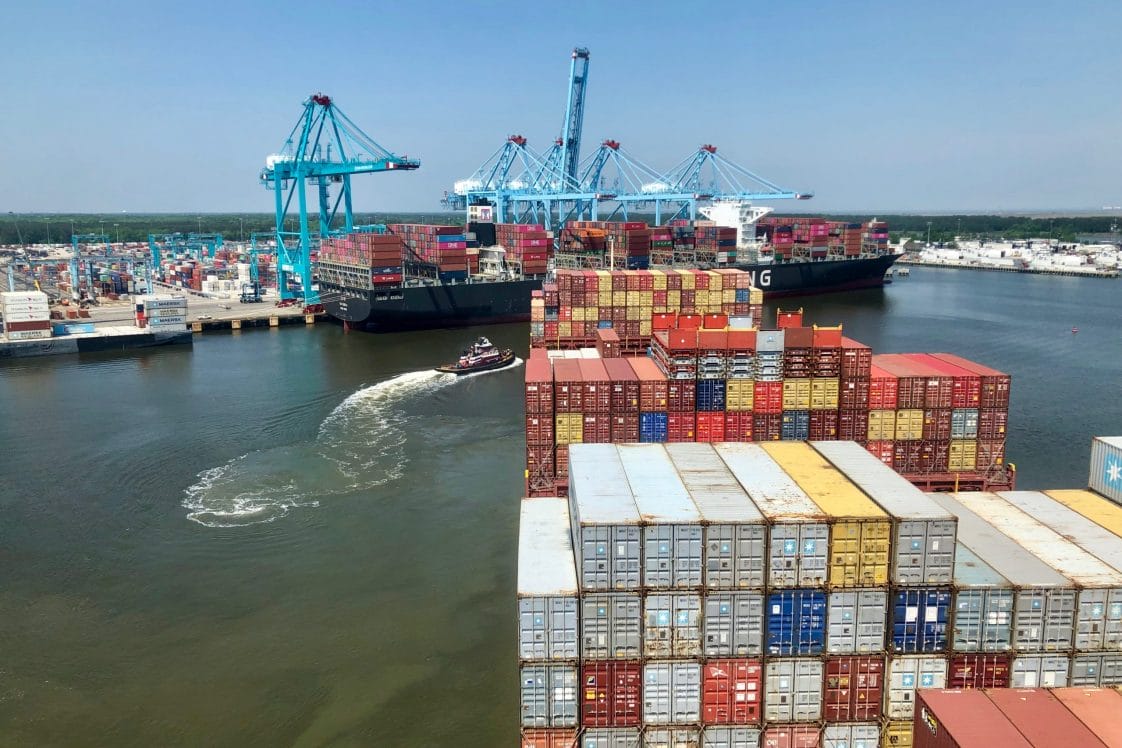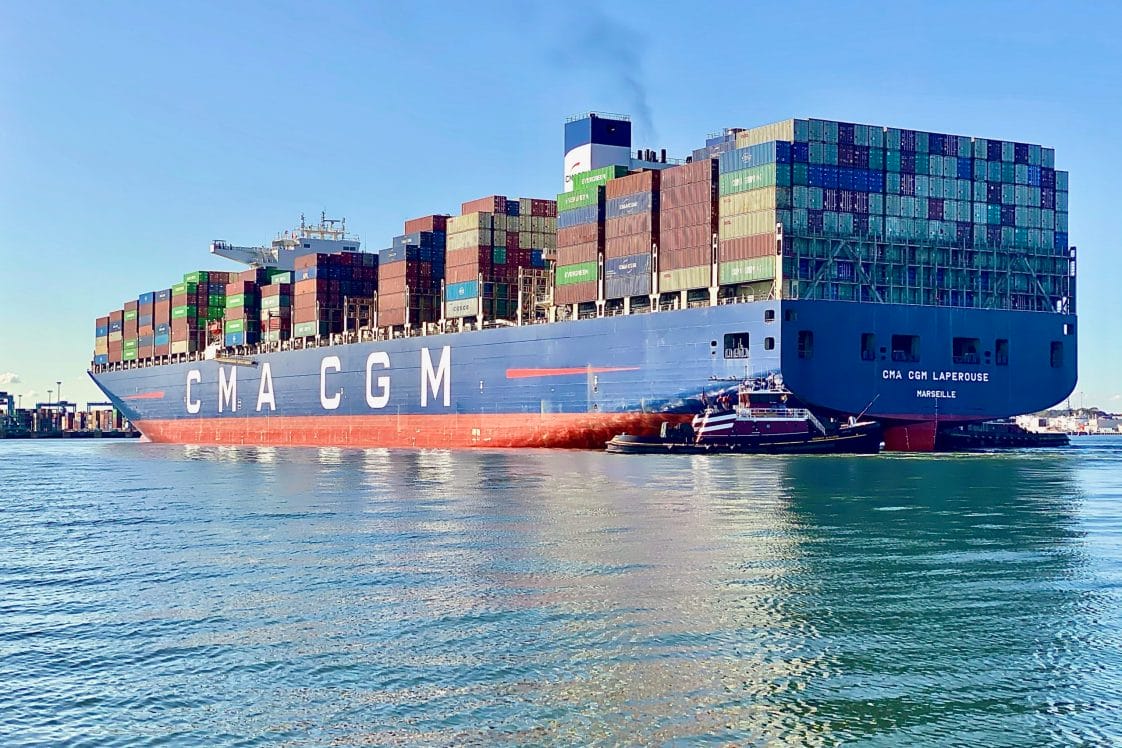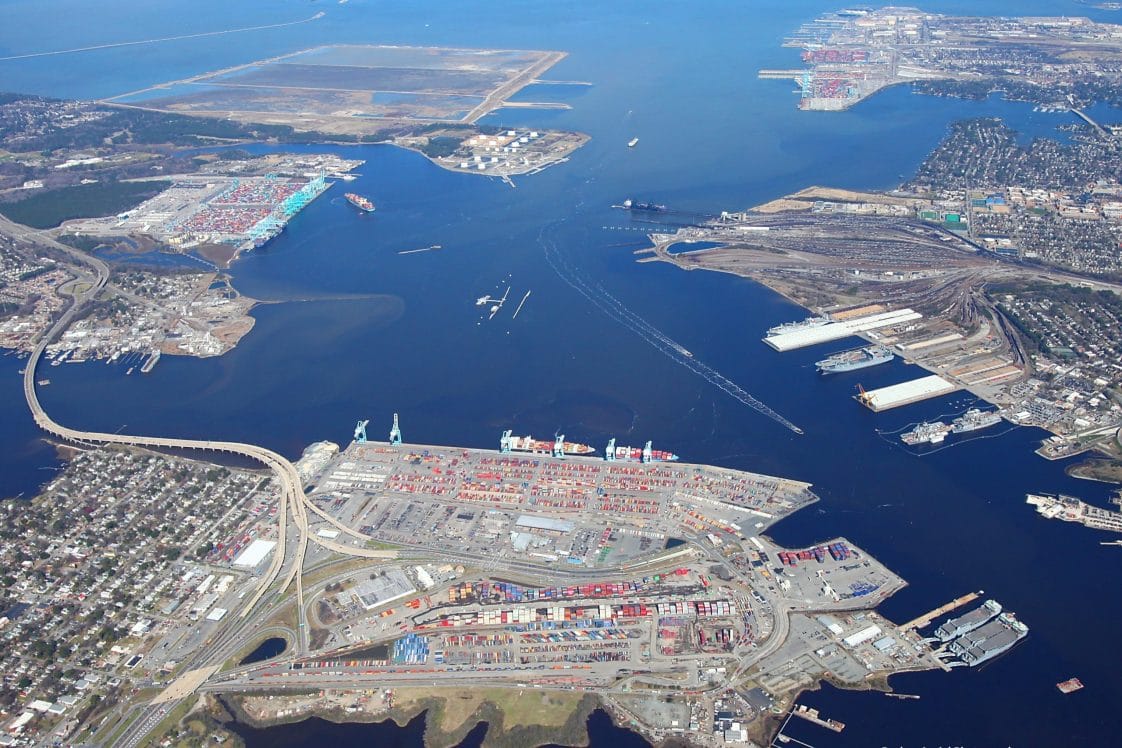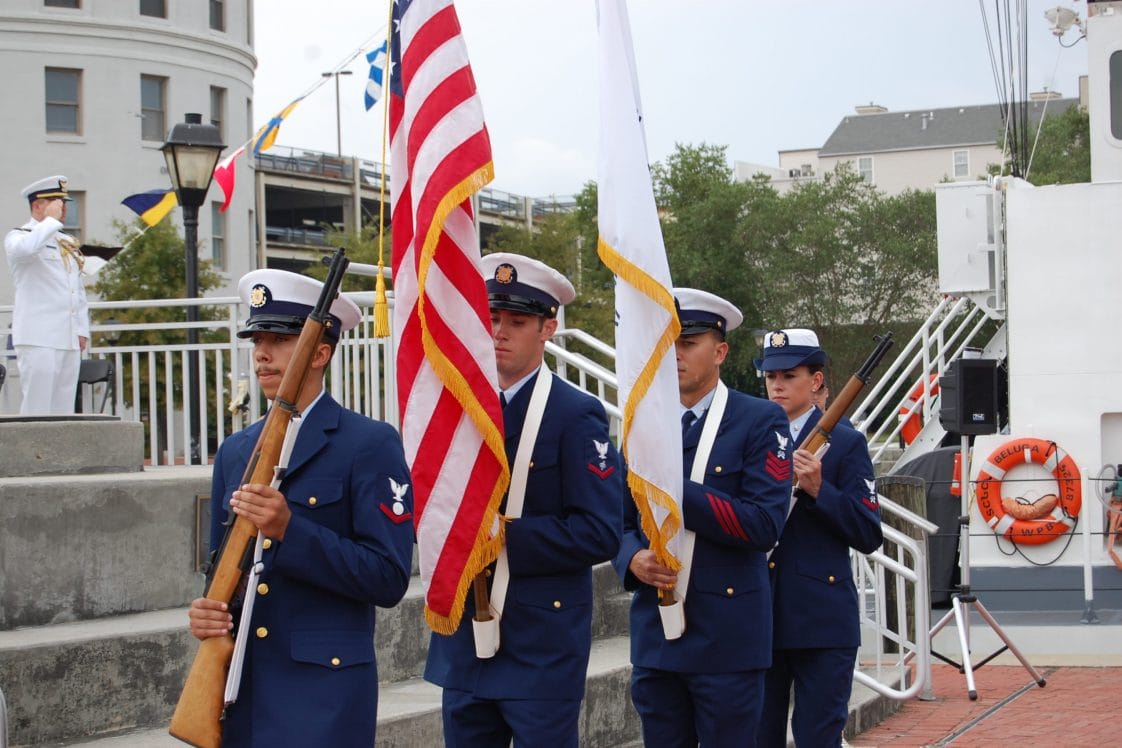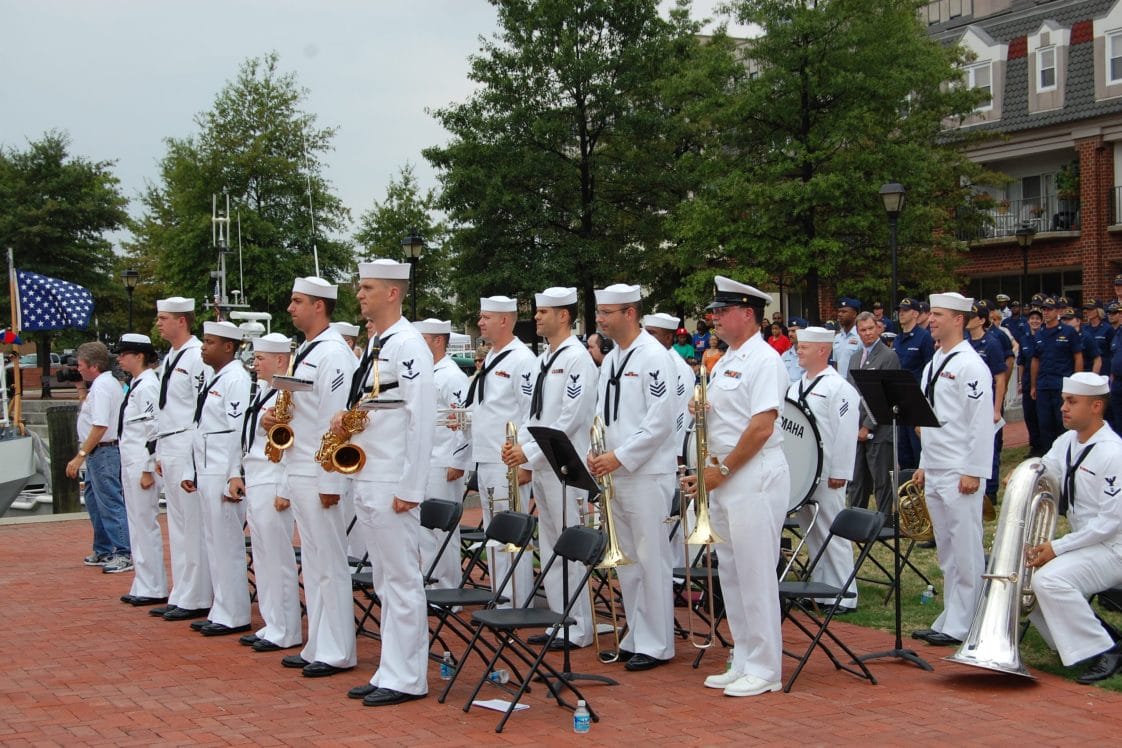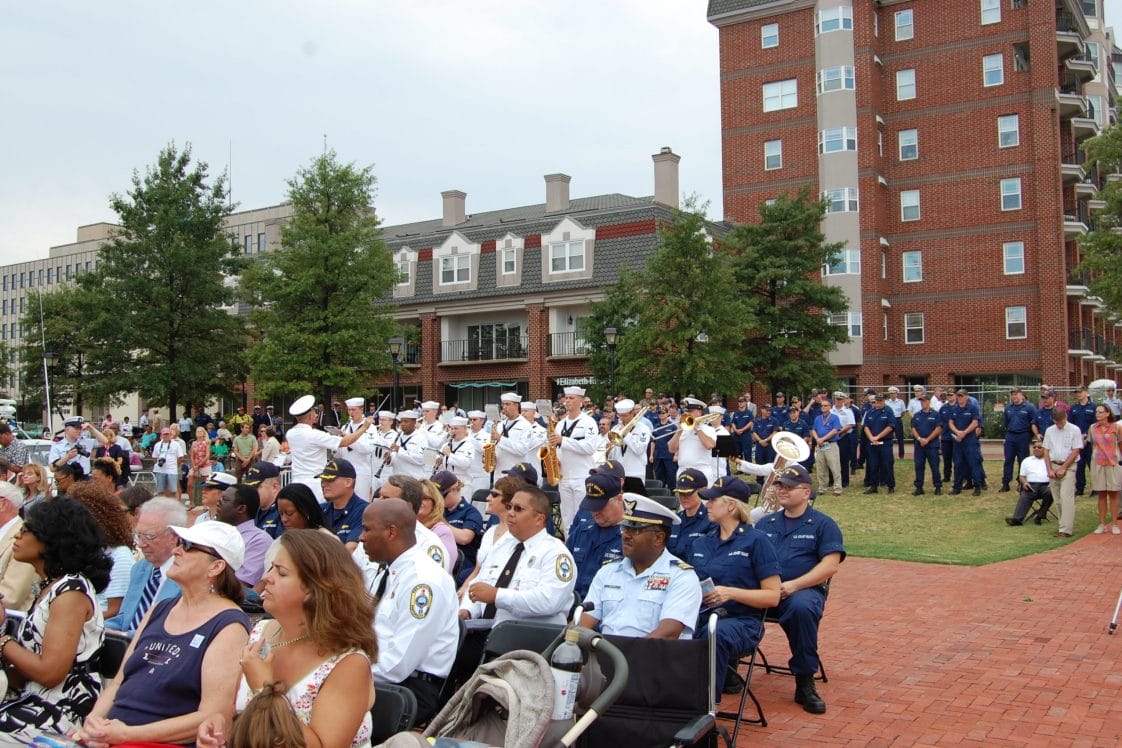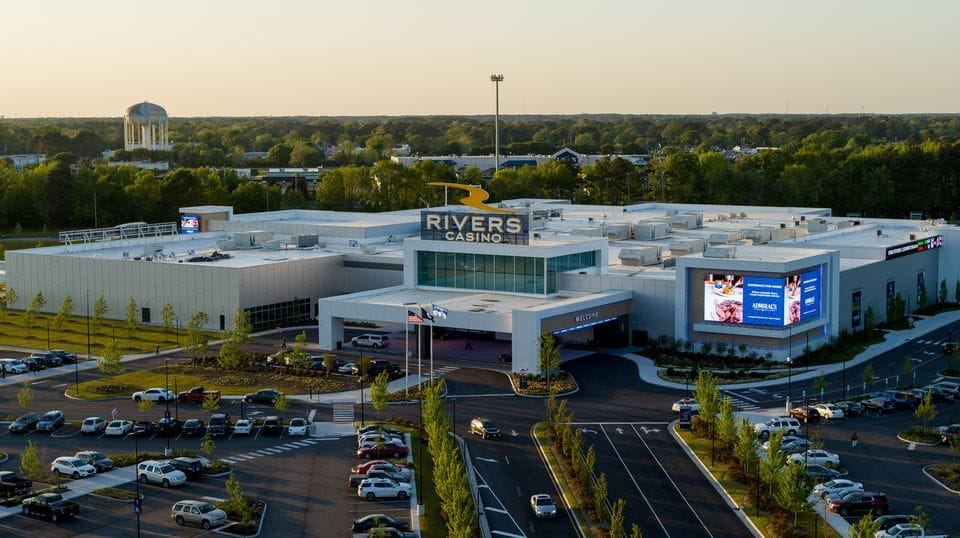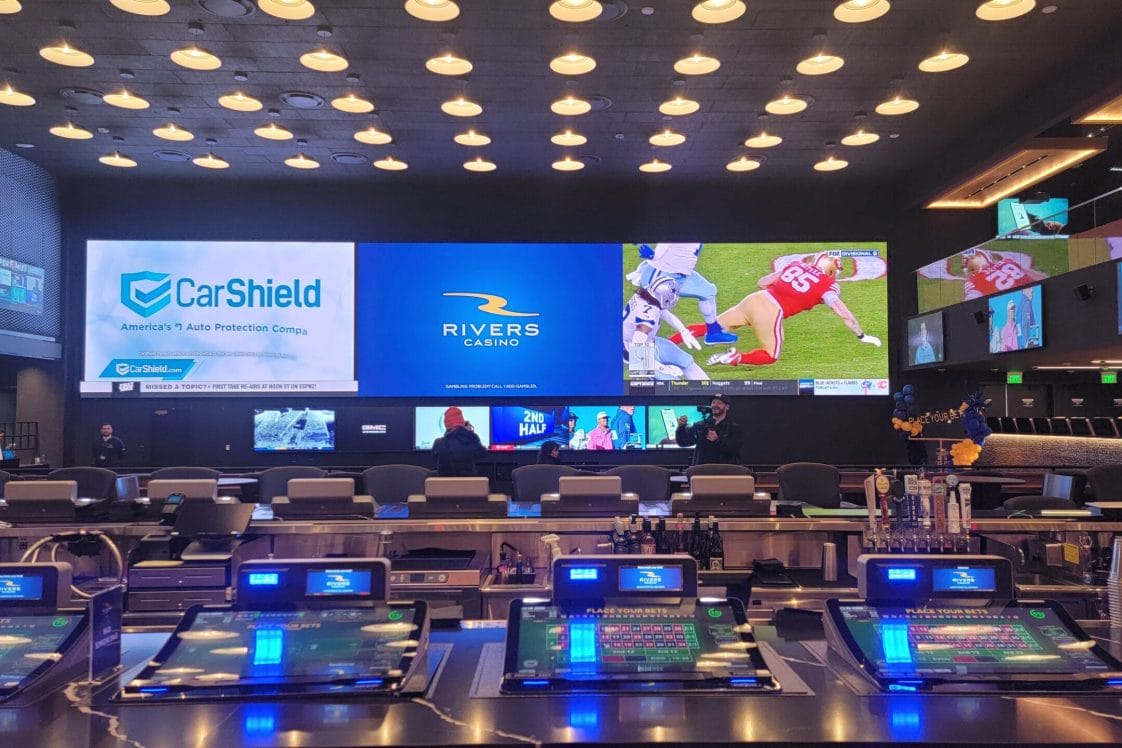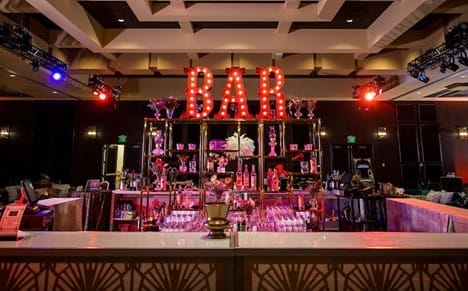Portsmouth history is American history. With over three centuries of contributions to this nation, Portsmouth is a testament of what a community can do to insure freedom and democracy. The city is home to Revolutionary War heroes, engineers of the underground railroad, technological visionaries, and captains of industry. Learn more about who we are as a people by learning more about Portsmouth history.
1608
Portsmouth first explored by Capt. John Smith from Jamestown.
He observed an abandoned Native American village near Hospital Point.
1620
July 12
Site recognized as suitable shipbuilding location
John Wood, a shipbuilder, petitioned King James for a land grant. Beginning of regional land grants and settlement as a plantation community.
1636
The ferry service was started by Adam Thoroughgood
The first public system of waterborne transportation in America, the early ferries were simple skiffs rowed by men. The ferries carried only pedestrians until 1720 when the skiffs were made larger to accommodate horse drawn vehicles.
1637
May 15
County government established.
1659
June 15
500 acre site first patented by Captain William Carver
Captain William Carver, a populist leader who participated in Bacon’s Rebellion, was hanged in 1676 for opposing autocratic government after a failed attempt to capture the Governor, Sir William Berkeley. Carver’s second patent was dated 15 September 1664, eight years before his hanging.
1716
Site re-patented by Col. William Craford (Crawford)
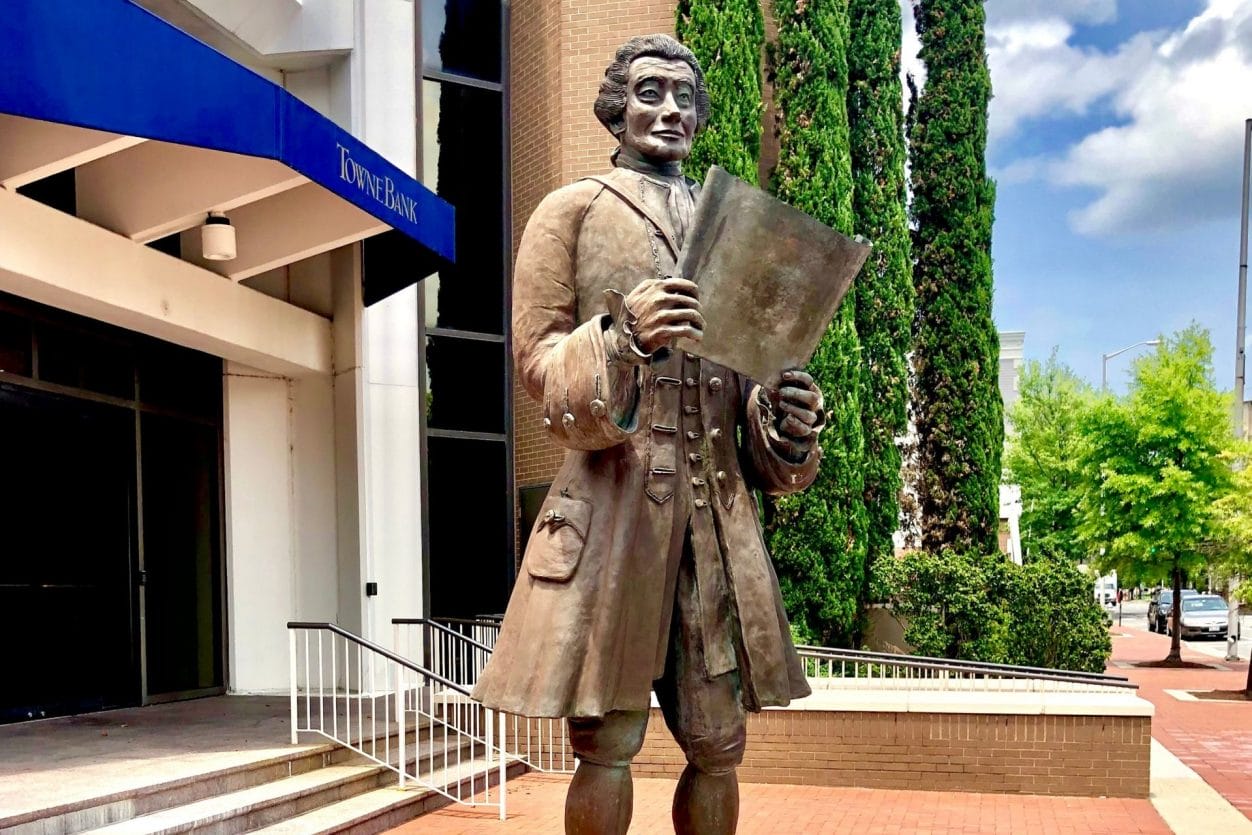
Craford patented over 1,129 acres of land along the southern branch of Elizabeth River in what was then Lower Norfolk County.
1752
February 27
Established as the Town of Portsmouth by act of General Assembly and named for Portsmouth, England, by its founder – Col. William Crawford

Crawford named the town for Portsmouth England because the U.K. Portsmouth had the most famous shipyard in Great Britain. Portsmouth, England, also has a famous Naval Hospital, as does Portsmouth VA. He dedicated the four corners of High and Court Streets for a church, a market, a courthouse, and a jail.
1761
March 5
Portsmouth Parish established.
Established by Act of General Assembly and Portsmouth Parish Church, now Trinity Church (corner of High and Court Streets), finished in 1762.
1763
March 19
First annexation by Town of Portsmouth.
The plantation of Thomas Veale was added extending the town to Chestnut Street.
1767
November 1
Gosport Shipyard, adjoining Portsmouth, established by Andrew Sprowle.
This was the best location on the coast for a shipyard because of the sandbank in the Elizabeth River which allowed ships to be easily careened: the predecessor to drydocking.
1775
December 9
The Battle at Great Bridge and Billy Flora
An early skirmish of the American Revolution where the Tories were defeated by the Virginia Regiment. Portsmouth native, Billy Flora, a free black man and Portsmouth's local blacksmith, is often called the Hero of Great Bridge. He was a sentry and took it upon himself to fire on the British as they advanced across the bridge. Some stories indicate he actually removed the boards of the bridge to slow their advance. He was the last sentry to leave the bridge.
1775 to 1776
Lord Dunmore, last Royal Governor, driven from Williamsburg, sought refuge at Gosport with Sprowle, a Tory.
After his defeat at the Battle of Great Bridge, his ships bombarded Norfolk. He made his final stand at Hospital Point, Portsmouth, before being driven from the harbor. Portsmouth was then occupied by the 4th Virginia Regiment, and Fort Nelson was built at Hospital Point. Short of troops Dunmore issued the first emancipation proclamation saying any slave who left his master and joined the British army would be free, as would his family. The "Ethiopian Regiment" was created.
1779
May 11
Fleet of Sir George Collier with 1,800 British troops under Gen. Matthews invaded Portsmouth.
During the invasion Fort Nelson was captured, 137 vessels were burned along with the Gosport Shipyard, "The Most Considerable in America."
1780
Gen. Leslie, with 3,000 British troops and 60 ships, invaded and fortified Portsmouth.
General Cornwallis hoped to divert attention from his push through North Carolina to Virginia by occupying Portsmouth. When the loyalists lost battles in North Carolina, Cornwallis ordered Leslie and his remaining troops to set sail and join him in Portsmouth.
1781
January 2
Benedict Arnold, the traitor, with 2,500 British troops occupied and fortified Portsmouth
"He was reinforced by Gen. Phillips with 2,000 troops, and later by the Army of Lord Cornwallis, who assumed command, and in August evacuated Portsmouth for Yorktown, where he surrendered to American and French forces on October 19th. Arnold was subordinate to Phillips, but when Phillips died at Petersburg Arnold made Portsmouth command headquarters for all British forces in Virginia.
James Armistead was a slave in Arnold’s headquarters and then with Cornwallis. He was a double agent passing information to General Lafayette. He alerted Lafayette to Cornwallis departure from Portsmouth for Yorktown. Lafayette gave him a letter after the war describing his brave work for the new nation. Armistead took it to the General Assembly which granted him his freedom."
1784
October 18
Second annexation (Gosport) by Town of Portsmouth.
1798
December 10
Keel of U.S. Frigate CHESAPEAKE, sister ship of the CONSTITUTION, laid at Gosport Shipyard.
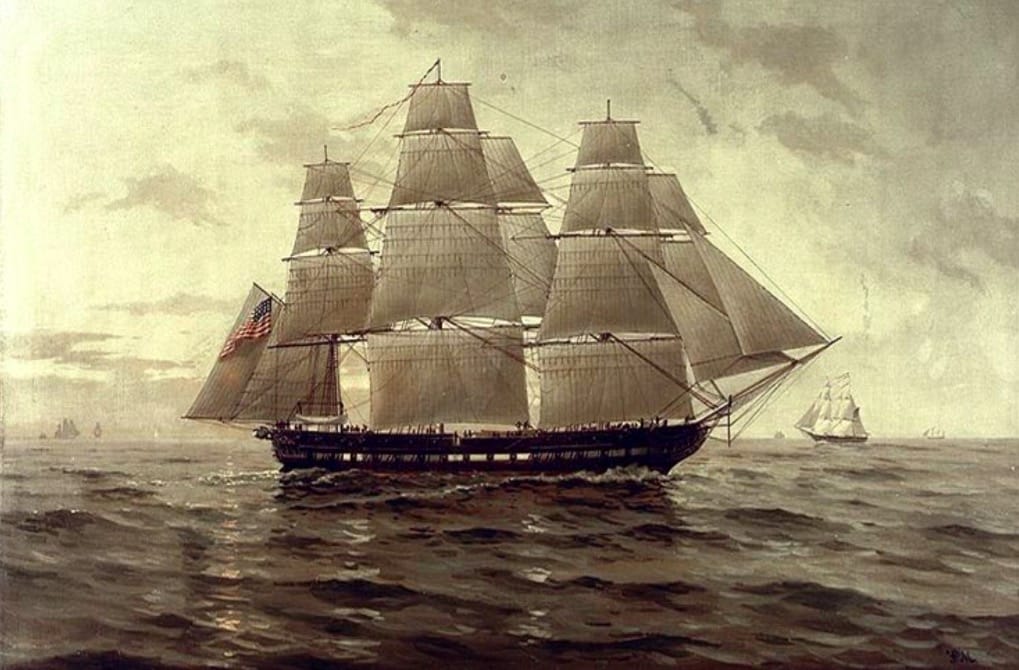
First ship built here for the U.S. Navy. The Chesapeake was attacked by the British in 1807. The attack led to the court martial of James Barron and ultimately to the duel with Stephen Decatur. The same attack was a contributing cause of the War of 1812. The ship was eventually captured off the coast of Boston and seized by the British Royal Navy. Her commander, Capt. James Lawrence is credited with the saying, "Don't give up the ship!" as his dying words. The Chesapeake was scrapped in 1820 in Portsmouth, England.
1801
January 20
Portsmouth authorized as seat of Norfolk County.
Portsmouth was the Norfolk County Seat until 1963 when the county ceased to exist was replaced by independent cities.
1813
June 22
Portsmouth and Navy Yard attacked by British
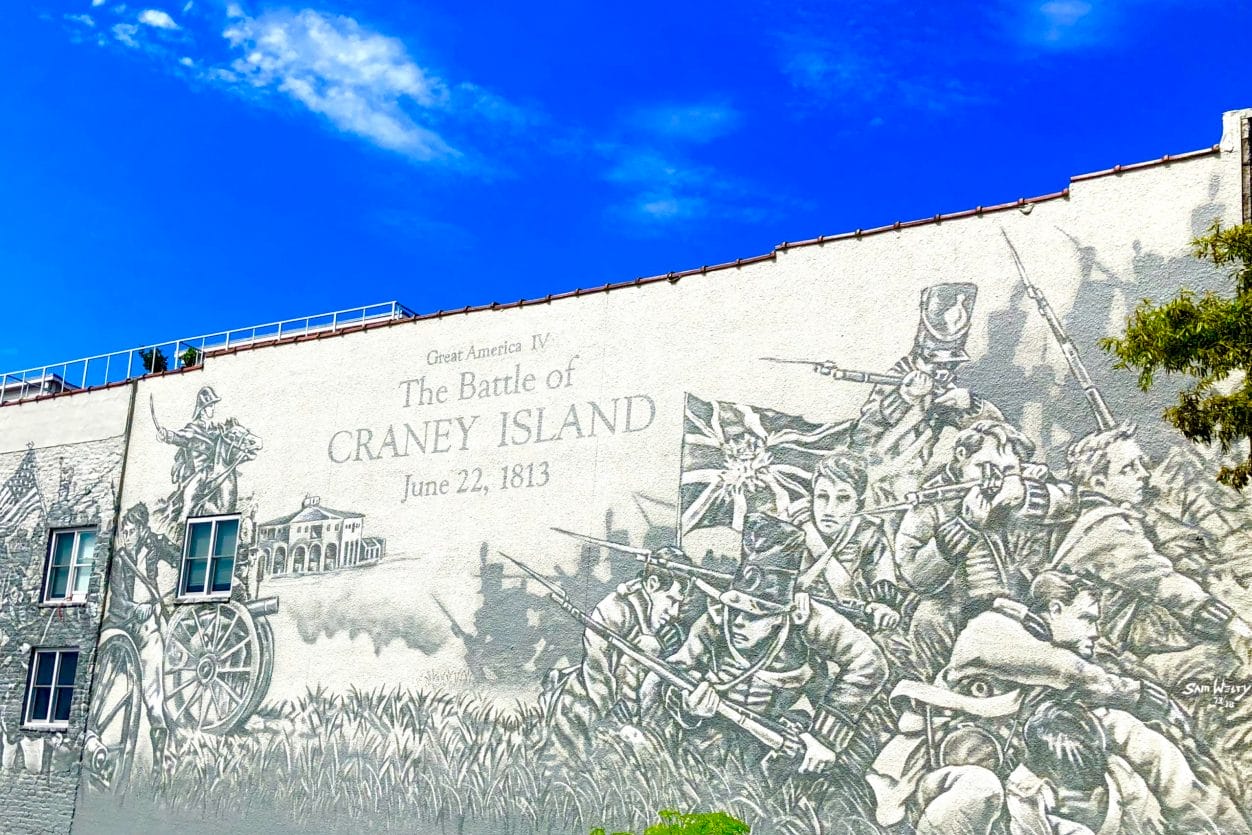
The British, under Adm. Sir John B. Warren and Brigadier Gen. Sir Sydney Beckwith were defeated at the Battle of Craney Island. The British heavily outnumbered the Americans and took many casualties, including King George's son. The American forces were able to protect Portsmouth and the Shipyard without an adequate Navy in the region and without killing any of their soldiers. The USS Constellation was in the shipyard but unable to sail out and confront the British because it would have been fired on trying to navigate the narrow channel of the Elizabeth River.
1815
May 24
First steamboat entered Portsmouth harbor.
The first steamboat was operational in 1807 and revolutionized river travel. Steam powered ships of this era could reach speeds of 5 mph.
1820
July 14
The first lightship in the U.S. was stationed off Craney Island.
Lightships were in use in England since the 1730s. The first U.S. contract for a lightship was awarded in 1819 to John Poole of Hampton. In 1820, the ship was complete and anchored just off Willoughby Spit as an aid to commercial shipping vessels. The position was deemed too volatile due to storms and heavy seas, so the ship was moved to its location at Craney Island. In all, 179 lightships were built between 1820 and 1952. In 1915, the heyday of U.S. lightships, there were 54 stations in the United States; 36 off the East Coast, 2 in the Gulf, 5 on the West Coast and 11 in the Great Lakes.
1820
October 20
Navy Yard launched its first 74-gun ship-of-the-line, the U.S.S. DELAWARE.
Construction of the Delaware begin in 1817 at the Gosport yard. Launched in 1820, she did not put to sea until 1828 when she sailed to the Mediterranean where she stayed for two years. In 1833, the Delaware was recommissioned and hosted President Andrew Jackson before returning to the Mediterranean to for goodwill visits and to protect the interests and rights of Americans. In 1841, the ship sailed to Brazil and patrolled the coast of South America, protecting American interests during the political instability of the region. The Delaware was decommissioned at the Norfolk Naval Shipyard in 1844 and remained in ordinary until burned by the Union soldiers when surrendering the shipyard to the Confederacy in 1861.
1824
October 25
Portsmouth welcomed General LaFayette.
The Marquis de Lafayette was a hero of the American Revolution, having orchestrated the blockade of British reinforcements at Chesapeake Bay, allowing the Americans to win the Battle of Yorktown and ultimately the war. He returned to American in 1824 and toured much of the east coast, including a stopover in Portsmouth. Today, there is a pyramid monument in City Park commemorating the centennial of his visit, an arch built for the American bicentennial dedicated to Lafayette on Crawford Street, and a stone marker in the 200 block of High Street.
1827-1830
Portsmouth Naval Hospital built and commissioned; oldest in the United States.
The Portsmouth Naval Hospital sits on a peninsula joining the Elizabeth River at a site that once housed Fort Nelson, a fort built during the American Revolution. To save on costs, part of the hospital was built with the bricks from the fort. The first patients arrived in 1830 as a result of the Mexican-American War. The number of patients grew in 1855 with the Yellow Fever epidemic and again with the Civil War. In 1897, the hospital received its first x-ray machine. Today, 4300 sailors and civilians take care of over 420,000 active duty military, veterans, and their families.
1832
March 8
Portsmouth and Roanoke Railroad, Incorporated, one of the first railroads in the South, was established.
This was predecessor of the Seaboard Airline Railway (now CSX Transportation).
1833
June 17
U.S.S. DELAWARE was first ship dry docked in the United States. She entered Drydock No. 1 at the Portsmouth (Gosport) Navy Yard.
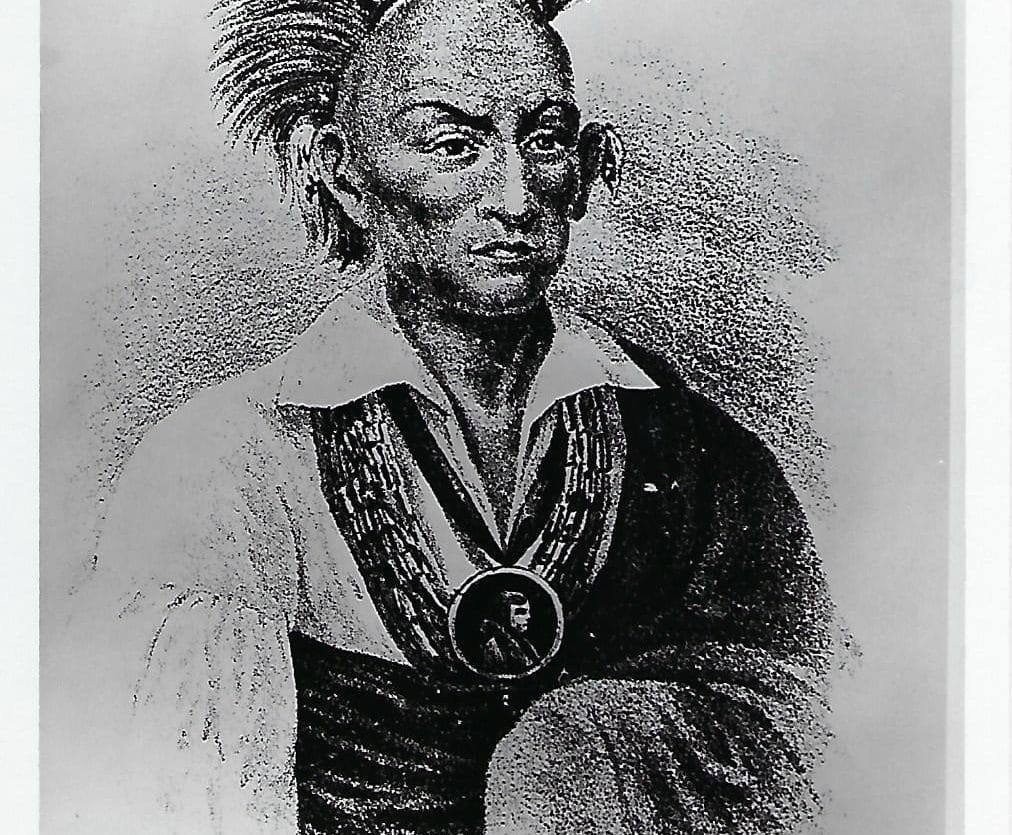
This drydock is still in use at the Norfolk Naval Shipyard, and is a National Historic Landmark and National Historic Civil Engineering Landmark. Chief Blackhawk after his defeat in the Sac War was brought to the shipyard to see the Delaware in dry dock to discourage him from starting another war. He was entertained at the Watts House in Olde Towne.
1839
April 2
Ferry landing changed from foot of North Street to High Street.
The ferry landed at North Street for many years as it was closest to Norfolk and minimized rowing. However, High Street was the commercial area with North Street more residential, it made sense to relocate the stop for passenger convenience and to stimulate commerce. Today, the Elizabeth River Ferry serves both High Street and North Street landings.
1845
February 17
Portsmouth public schools authorized by law; opened in 1847.
Open to white students, families who could were expected to pay a small tuition while poor children's tuition was paid by the state and the Glebe. There were two broad divisions in these schools corresponding somewhat to our present primary and grammar grade departments, with each further divided into male and female sections. The primary section was taught in the basement of the old Court Street Baptist Church on the same site upon which the present church stands. The second or grammar grade section was taught in the Masonic Temple, which occupied the site upon which the present Masonic Temple stands.
1846
July 20
First court session held in new courthouse
The 1846 Courthouse, now an art gallery, was the primary court for all of Norfolk County.
1850-1862
Emmanuel A.M. E. church was an important stop on the Underground Railway.
It was the first safe house after escaped slaves passed through the Great Dismal Swamp. They would be hidden in the church until a sympathetic sea captain could be found to give them passage north.
1852
February 17
Portsmouth authorized to elect Mayor and council in place of board of trustees.
John S. White was the first Mayor of Portsmouth. He served for one year. He was followed by two more one year mayors. It was in 1858 that Portsmouth separated from Norfolk County and incorporated. George W. Grice was the first Mayor as an independent city and he served for two years.
1853
The flagship of Admiral Perry’s fleet when he opened Japan, the Powhatan, was built in Portsmouth.
It was a sidewheel steam frigate combining sail and steam. Commissioned in November 1852, it was assigned to the East India Squadron, arriving in June 1853 and became Commodore Perry's flagship for the signing of the Treaty of Kanagawa with Japan in 1854. ‘When it entered Ido harbor the Japanese said the Americans had brought a dragon with them. The Powhatan was decommissioned in 1886 and scrapped in 1887.
1853
April 14
The ship Neptune’s Car launched in Portsmouth, the only clipper ship built in the South.
Built by Page & Allen, Neptune's Car was a 216' clipper ship that became known for her speed. Her first voyage was from New York to San Francisco and it took 117 days around Cape Horn. The ship traveled the world visiting ports like Calcutta, Foo Chow, London, and beyond. Mary Ann Brown Patten, wife of Neptune Car's Captain Joshua Patten, became the first female commander of an American Merchant vessel when her husband became gravely ill during a sailing from New York to San Francisco. She took command for 56 days, faced down a mutiny, and successfully managed to navigate the clipper ship into San Francisco. At the time she was 19 years old and pregnant with her first child.
1855
Yellow Fever Outbreak
In June of 1855, the worst Yellow Fever epidemic to hit this country arrived in Portsmouth and Norfolk with the arrival of the steamer Benjamin Franklin. Several thousand became ill and thousands of others tried to leave only to be met with quarantine in other counties. Over a thousand people from Portsmouth died and it took years for the local economy to recover.
1856
Ocean House, later named Hotel Monroe, built by Col. Watts and Arthur Emerson
President Franklin Pierce was entertained here. The hotel has served as quarters for Confederate officers and as a Federal Hospital. It was destroyed by fire 9 August 1957.
1858
March 1
Portsmouth separated from county government and chartered as an independent city.
1861
April 20
Secession leads to the Navy Yard and 11 warships being burned by evacuating Federal forces.
Dr. White, Portsmouth's delegate to the secession convention, voted against secession on April 17th though he did end up joining the Confederate army afterwards. One Portsmouth company, the Marion Rifles, was disbanded after 14 of the 15 soldiers voted against the secession referendum in May. While there were those Portsmouth citizens who served the Confederacy, there was also an unusual level of dissent throughout the city. The Navy Yard and city were occupied first by Virginia forces then by Confederate forces. Portsmouth, with only 900 voters, gave 1,400 men to the Confederate armed forces.
1862
March 8
CSS VIRGINIA, built from the burned U.S.S. MERRIMAC at Navy Yard
CSS VIRGINIA was built from designs of Portsmouth Naval Constructor John L. Porter, attacked and defeated the Federal Squadron in Hampton Roads, the world’s first ironclad ship to engage in a naval battle. She engaged the U.S.S. MONITOR the following day. This two-day battle by a Portsmouth ship changed the course of Naval history and pronounced the doom of the world’s wooden navies.
1862
May 10
Navy Yard burned and Portsmouth evacuated by Confederate forces.
There was a shifting mix of military and civilian authority in Portsmouth during this period. As the federal troops were forced out of the ship yard, they burned it to keep federal forces from gaining access to the ships, weapons, and technology housed there. The Federal troops occupied Portsmouth for the remainder of the war.
1869
July 6
Portsmouth elects George Teamoh to Virginia Senate
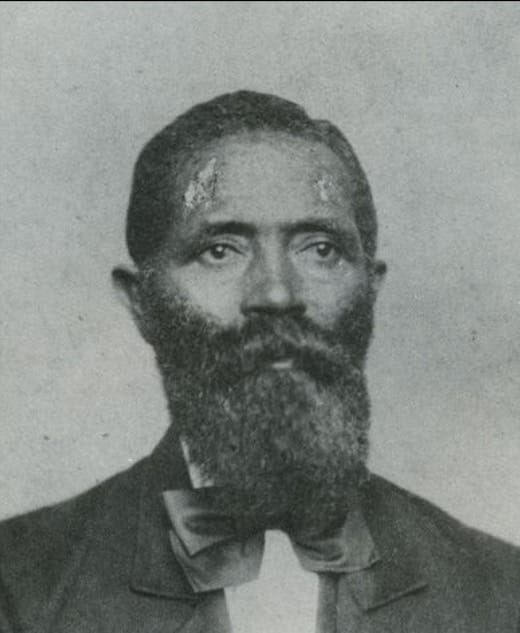
George Teamoh was born a slave in Norfolk County. Prior to the Civil War, he escaped to the north and to freedom. in 1865, he returned to Virginia and attended an African-American political convention in Alexandria. Upon his return to Portsmouth, he worked at the Naval Shipyard and focused his efforts on workers rights. In 1867, he was nominated to represent Portsmouth and Norfolk County by the main faction of the local Republican Party to be one of its candidates for the state constitutional convention required by the Reconstruction Act passed by Congress that year. On October 22, 1867, when African American men voted in Virginia for the first time, Teamoh and two white Republicans won the district’s three seats. Teamoh received the votes of seventy-four white men. Voters in Norfolk County and Portsmouth elected him to the Senate of Virginia on July 6 of that year. Teamoh won easily with 3,527 votes of 5,685 cast, and improved his performance among white voters, receiving at least 291 votes.
1892
June 28
First Navy battleship launched at Navy Yard.
This was the Battleship Texas: the first in the U. S. Navy. The Texas was built in reaction to the acquisition of modern armored warships by several South American countries, and meant to incorporate the latest developments in naval tactics and design, including the mounting of her main armament en echelon to allow maximum end-on fire and a heavily-armored citadel amidships to ensure defensive strength. However, due to the state of U.S. industry at the time, Texas's building time was lengthy, and by the time she was commissioned, she was already out of date. Nevertheless, she and the armored cruiser USS Maine were considered advancements in American naval design.
1894
February 23
Third annexation (Park View) by Portsmouth.
1898-1902
Portsmouth sent volunteer companies to the Spanish-American War.
Captured Spanish warships were brought to Portsmouth to be refitted as American vessels. The Spanish wounded were brought to the Naval Hospital where they were visited by the defeated Spanish Naval Commander and President Theodore Roosevelt. The shipyard had the second oldest Marine barracks in the nation. Marines from Portsmouth saved the embassies in China in the Boxer Rebellion. This is commemorated on the back of the Spanish American War memorial on Crawford Street.
1899
Portsmouth marines sent to protect embassies in China during the Boxer Rebellion.
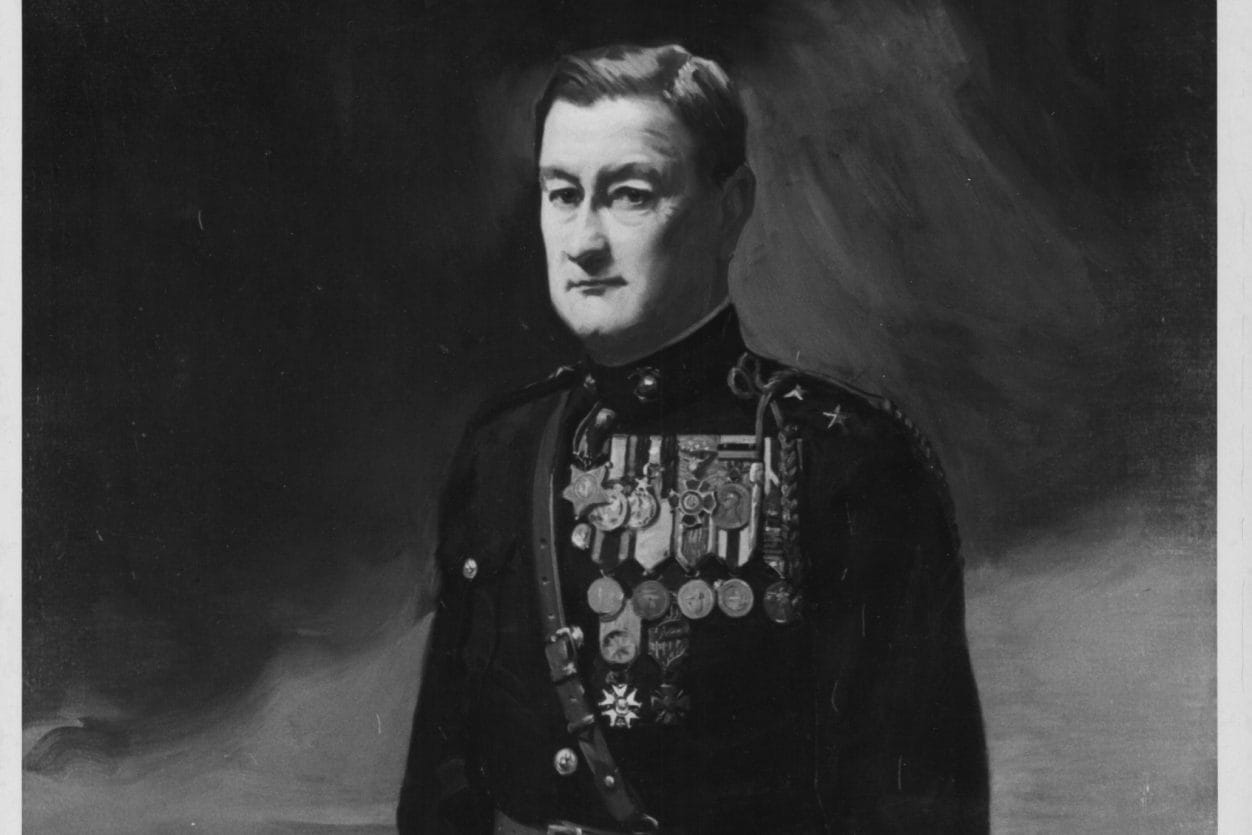
The shipyard had the second oldest Marine barracks in the nation. Marines from Portsmouth saved the embassies in China in the Boxer Rebellion. This is commemorated on the back of the Spanish American War memorial on Crawford Street. Portsmouth native Wendell Cushing Neville commanded the US Marine detachment during the Boxer rebellion. He earned a Medal of Honor during the Vera Cruz expedition (1914) and was commandant of the Marine Corps from 1929-30.
1902
Dr. George H. Carr is the first Portsmouth automobile owner.
Dr. George Hopkins Carr was born in 1875 and died in 1954. He purchased his first automobile at the age of 27. He's buried at Olive Branch Cemetery in Portsmouth. It was most likely a gasoline-powered buggy made by the American Motor Carriage Company out of Cleveland.
1907-1909
Sailing of the Great White Fleet from the Norfolk Naval Shipyard in Portsmouth
The Great White Fleet which Theodore Roosevelt assembled to circumnavigate the globe illustrating America’s naval power sailed out of the shipyard and was greeted home by the president in 1909. The four squadrons of warships, dubbed the "Great White Fleet," were manned by 14,000 sailors and marines under the command of Rear Adm. Robley "Fighting Bob" Evans. All were embarking upon a naval deployment the scale of which had never been attempted by any nation before - the first 'round-the-world cruise by a fleet of steam-powered, steel battleships. The 43,000 mile, 14-month circumnavigation would include 20 port calls on six continents; it is widely considered one of the greatest peacetime achievements of the US Navy.
1909
Fourth annexation (Scottsville and Prentis Place).
1915
German village Eitel Wilhelm built inside Naval Shipyard
In 1915, before the United States entered the war, the yard became the reluctant host to two interned German sea-raiders, the KRONPRINZ WILHELM and the PRINZ EITEL FREDERICK. The crews of these vessels, numbering about a thousand officers and men, built in the yard, from scrap materials, a typical German village named "Eitel Wilhelm," which attracted many visitors. (Courtesy of Naval Sea Systems Command)
1916
February 19
Portsmouth adopted city manager form of government.
1917-1918
World War I
Navy Yard greatly expanded; three new drydocks and 24 ships built. National Guard units from Portsmouth joined the A.E.F. in France. Employment reached a peak of over 11,000 workers by 1919. The government developed two planned communities to accommodate workers: Cradock for White employees and Truxton for Black employees. The USS NORTH CAROLINA (BB-52) was constructed at the yard, and although more than a third completed, this ship, more powerful than any then possessed by the fleet, was scrapped in 1923 as a result of the Washington Naval Limitation Treaty. The USS Noa and Hulbert were laid down during this time at the Norfolk Naval Shipyard and both played significant roles during WWII. The Hulbert was the first ship to open fire during the attack at Pearl Harbor.
1919
March 12
Fifth annexation (Port Norfolk and Prentis Park)
1919
Navy Yard built the Navy’s first aircraft carrier, U.S.S. LANGLEY, converted from collier JUPITER.
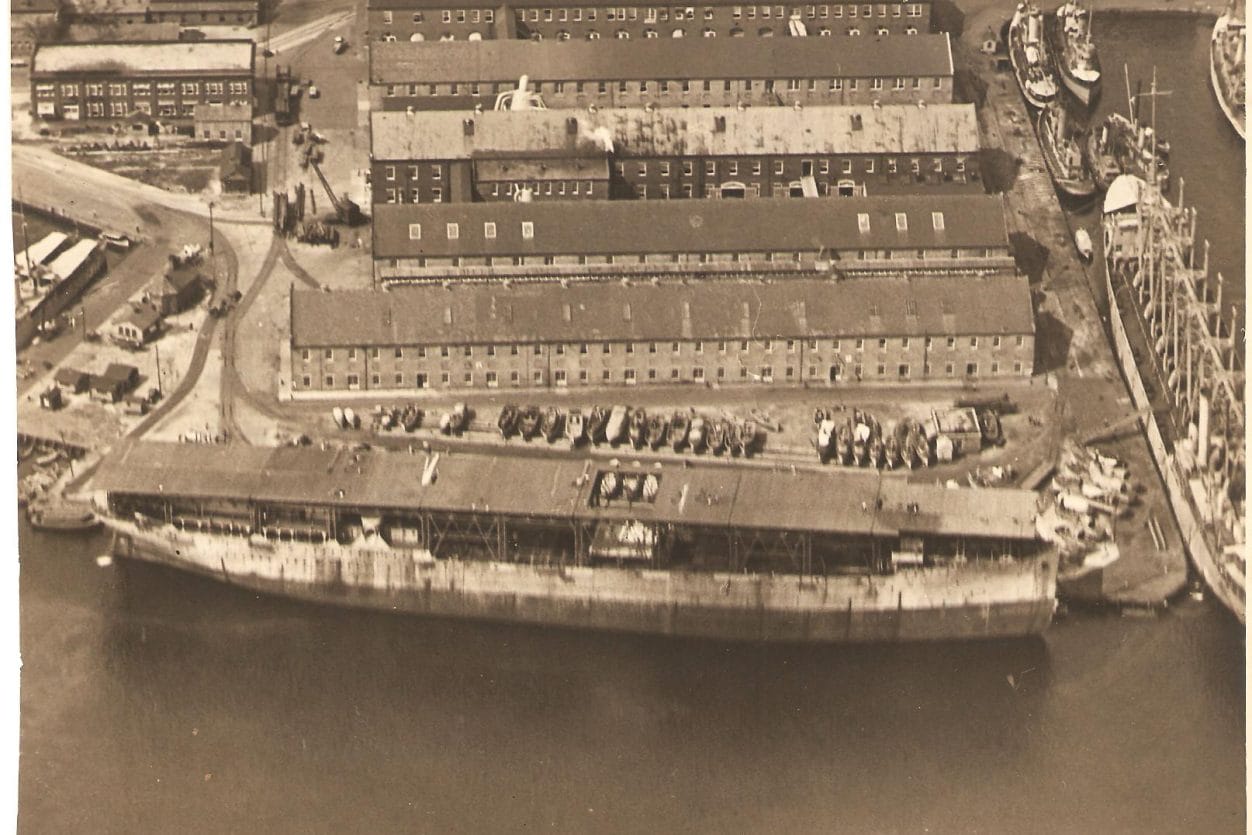
While early flight tests took place off the deck of the USS Birmingham as early as 1910, it wasn't until 1919 that construction of America's first aircraft carrier began. The USS Langley (CV1) was officially commissioned on March 20, 1922 and was named after Samuel Pierpont Langley, one of America's first aeronautical engineers. On October 17, 1922, a Vought biplane, piloted by Lieutenant V.C. Griffin, rumbled off the wooden flight deck of the Langley while at anchor in the York River. This was the first takeoff from a U.S. Navy carrier. The ship was nicknamed "The Covered Wagon" and was converted in the Shipyard from the Jupiter, a collier original launched in 1911.
1925-1939
Battleship Revitalization and National Industry Recovery
After the World War I, employment at the shipyard dropped significantly. No new ships were being built. in 1925, the Navy decided to revitalize and retrofit its battleships. Six of the fleet's older battleships were modernized at the Norfolk Navy Yard: the TEXAS in 1925-26, the NEW YORK in 1926-27, the NEVADA in 1927-29, the ARIZONA in 1929-31, the MISSISSIPPI in 1931-33, and the IDAHO in 1931-34. By 1933, the Great Depression was in full swing and the community feared layoffs. Most government employees, including Shipyard workers were given a 15% cut in pay in an effort to keep everyone employed. In July of 1933, Congress passed the National Industry Recovery Act. From this and succeeding programs, the yard was allotted a total of nine destroyers, built and launched during the years 1934-1939. With its battleship modernization program, yard employment had risen by the end of 1932 to 3,819, but, with a work-load of nine destroyers, there began a steady climb in employment which reached a total of 7,625 by September 1, 1939, the day World War II began in Europe. (Courtesy of Naval Sea Systems Command)
1928
August 24
Jordan Bridge, first draw bridge in Virginia, opens.
Portsmouth and Norfolk had been connected only by ferry since early Colonial Days. The drawbridge, originally called the Norfolk-Portsmouth Bridge, was seen by many as one of the most important development in the region since it created a transportation link from Richmond to the ocean and an alternative to the ferries. In 1928, it cost $1.25 million to construct. The bridge was operated privately until 1977 when ownership was transferred to the City of Chesapeake.
1940
World War II
Naval Shipyard doubled in size: 43,000 at peak employment and 101 new ships were built for the fleet. National Guard units and men and women from Portsmouth served in all theatres of war.
1943
Radio broadcasting began in Portsmouth
Station WSAP-AM(1040 AM) is rumored to be the first FCC license granted after Pearl Harbor. At the time, Portsmouth was the largest city in Virginia without its own radio station. WSAP-FM came about in the late 40s but did not last very long as most did not have FM radios at the time. Televangelist Pat Robertson signed it back on the air in 1962 as WXRI-FM. It broadcast a Christian music and teaching format until Robertson sold it in 1989, (courtesy of Faded Signals)
1948
January 1
Sixth annexation (Westhaven and Waterview)
1952
Portsmouth celebrated her bi-centennial.
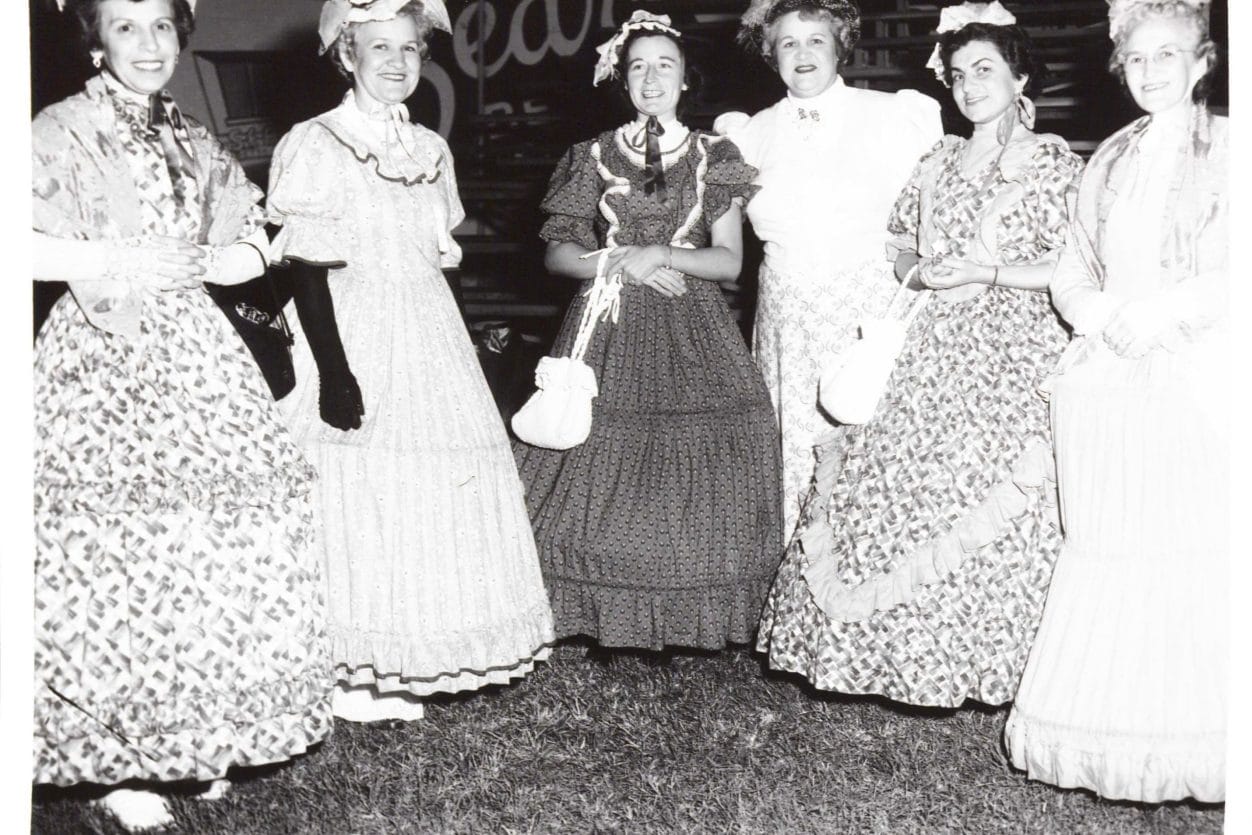
200 years strong, Portsmouth was celebrating its Bicentennial Celebration 1752-1952 for a whole year. Many of her leading citizens grew beards, there were event to celebrate our illustrious History and of course their was the "Hoss Show and Rodeo" at Portsmouth Stadium for five days. Downtown was eagerly awaiting the final completion of the Downtown Tunnel to Norfolk that was soon to revolutionize the business and economy of the entire area. No where was it felt more than in Portsmouth and Suffolk because it brought this side of the river to shopping delights in Downtown Norfolk and at The Center Shoppes and Sears on 21st Street. We were beginning to shake off the wartime influence of the Navy and the Shipyard and we had come through the a brief economic depression following the war. The "Baby Boomers" were starting school.and things were looking up for our community. The tunnel tolls were a quarter a way and the Tunnel Bus Fare was a dime. (Courtesy of Cradock Alumni and Friends, Facebook, June 2015)
1952
May 23
Elizabeth River Tunnel opened for operation.
Called by locals, the Downtown Tunnel, it is also known as the Portsmouth-Norfolk Bridge Tunnel. The original tunnel was two lanes and now serves as the westbound tube (the eastbound tube opened in 1987). The original tunnel is 3,350 ft in length from entrance to exit and reaches a depth of 92 ft below lowest expected water level based on tide. In 1953, about 12,900 vehicles a day used the tunnel as compared to over 100,000 daily now. It is the busiest tunnel in Hampton Roads.
1955
August 31
Portsmouth-Norfolk ferries made last crossing after more than 300 years of continuous operation.
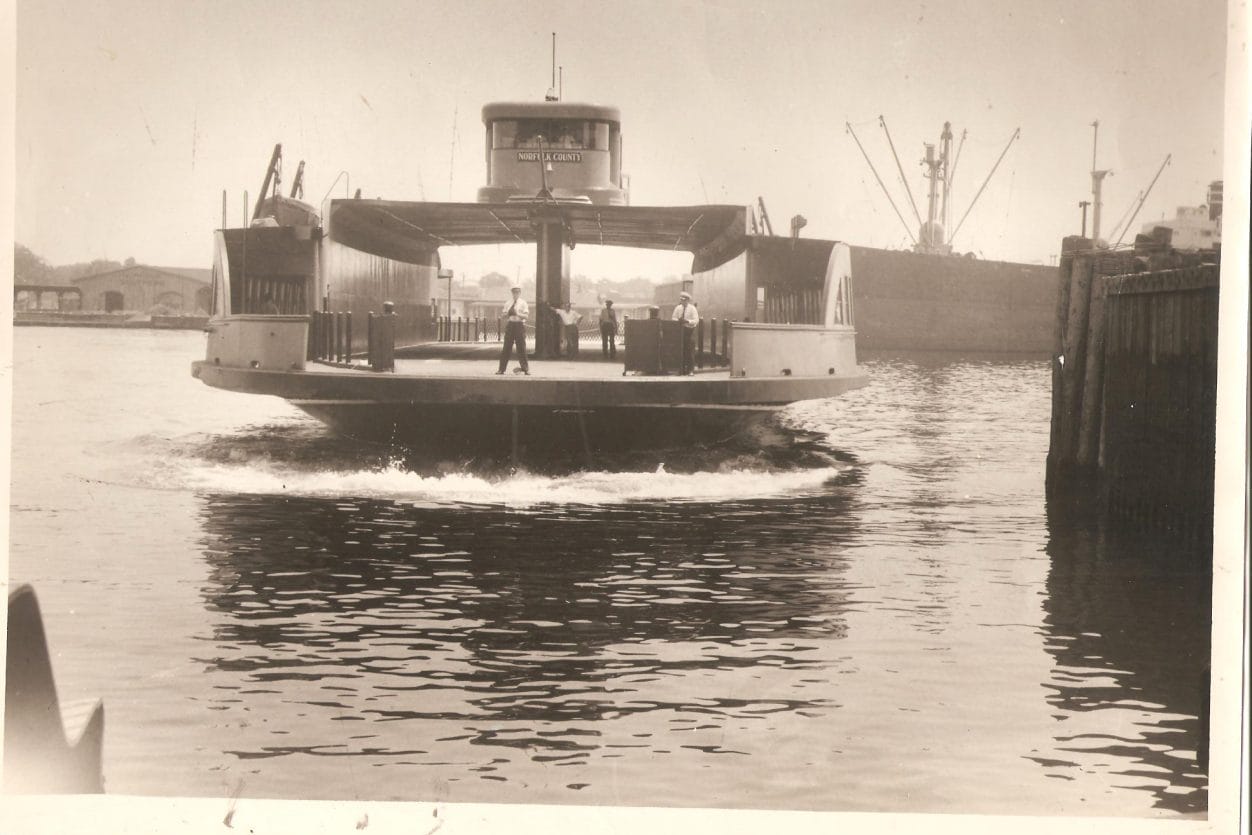
With the tunnel alternative, the need for car ferries no longer existed. It was not until 1983 that the pedestrian ferry returned to the Elizabeth River and began to once again connect the cities of Portsmouth and Norfolk. Today, the ferry carries about 300,000 riders a year.
1956
Portsmouth’s Curtis-Dunn Marine Shipyard built the first full-scale replicas of SUSAN CONSTANT, GODSPEED and DISCOVERY
The three ships are replicas of the three ships which came to Jamestown, Virginia in 1607, the first permanent English colony in America. Naval Shipyard’s largest drydock, No. 8, was altered to enable docking the largest ships afloat, passenger or naval.
1957
September 23
First Portsmouth television station (WAVY TV 10).
WAVY-TV, the Hampton Roads area's third-oldest television station, began operations on September 1, 1957. It was originally owned by Tidewater Teleradio along with WAVY radio (1350 AM, now WGPL). It originally signed on as an ABC affiliate, but traded network affiliations with NBC affiliate WVEC-TV (channel 13) in 1959 due to its radio sister's long affiliation with NBC radio. In 1968, it became the second station owned by what was then known as LIN Broadcasting. In April 1989, WAVY-TV moved into its current studio, located on Wavy Street in downtown Portsmouth. The station previously broadcast from a former farmers market on Middle Street, also in downtown Portsmouth. The Wavy Street studio is located across the street from the Union Bank Harbor Pavilion. (Courtesy of WikiVisually.com)
1958
Frederick College opens as Portsmouth’s first college
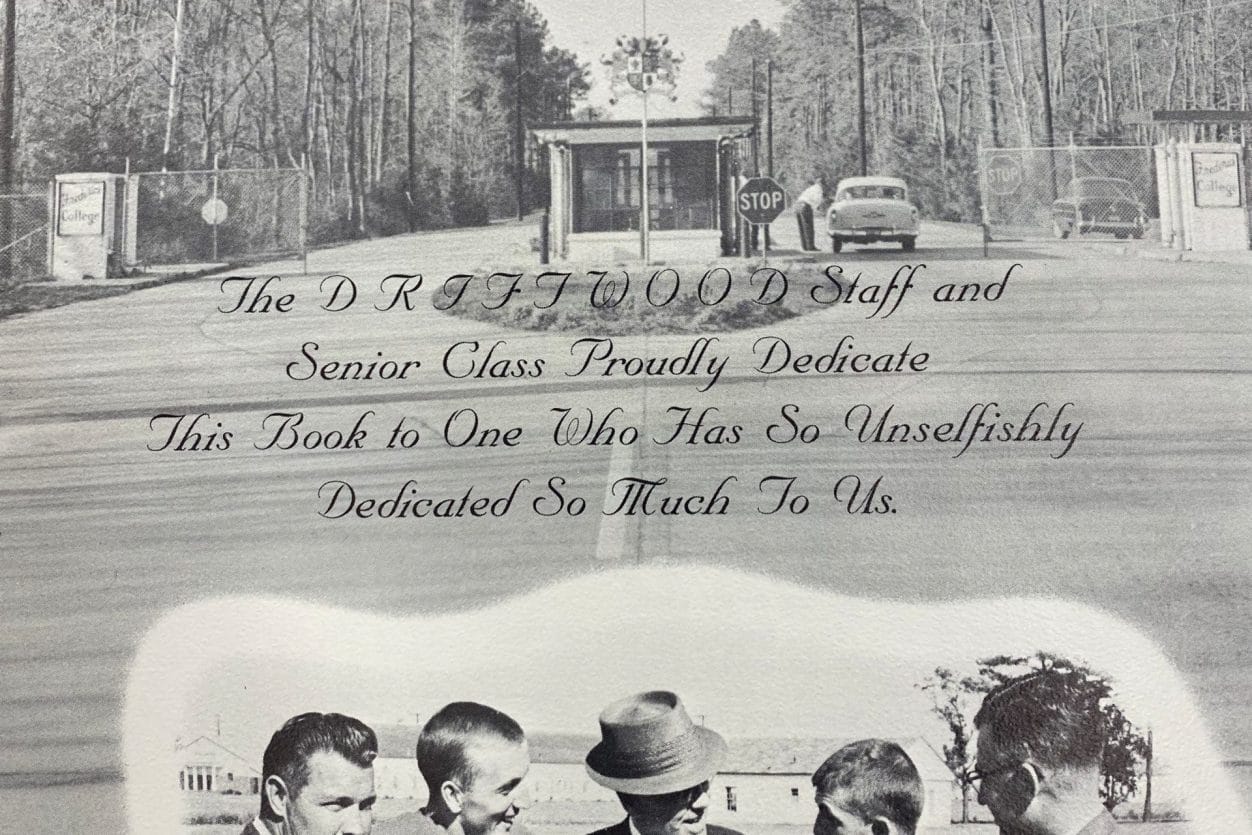
Frederick College was Portsmouth’s only four-year college, opening as a two-year college in 1958, expanding to a full four year program in 1961, and closing in 1968. The Portsmouth campus of TCC occupied the former Frederick College grounds along the James River until the new campus opened near Victory Boulevard.
1960
January 1
Seventh annexation (Cradock, Alexander Park, Simonsdale, Elizabeth Manor and other developments)
1960
April 22
Portsmouth’s new $15 million Naval Hospital building was dedicated.
Building 215, the first "skyscraper" in Hampton Roads provided a modern hospital where medical services could be consolidated. The 17-story, 500-bed hospital, at the time, was the tallest welded steel-framed building between New York and Miami.
1960s
Part of the old city was designated Portsmouth’s Olde Towne and placed on the National Register of Historic Places.
It is the largest collection of historic houses in their original locations between Alexandria VA and Charleston SC on the Atlantic Coast. It includes houses from the 1700s through the 1900s.
1961
April 29
Portsmouth’s new Federal Building and Post Office was opened
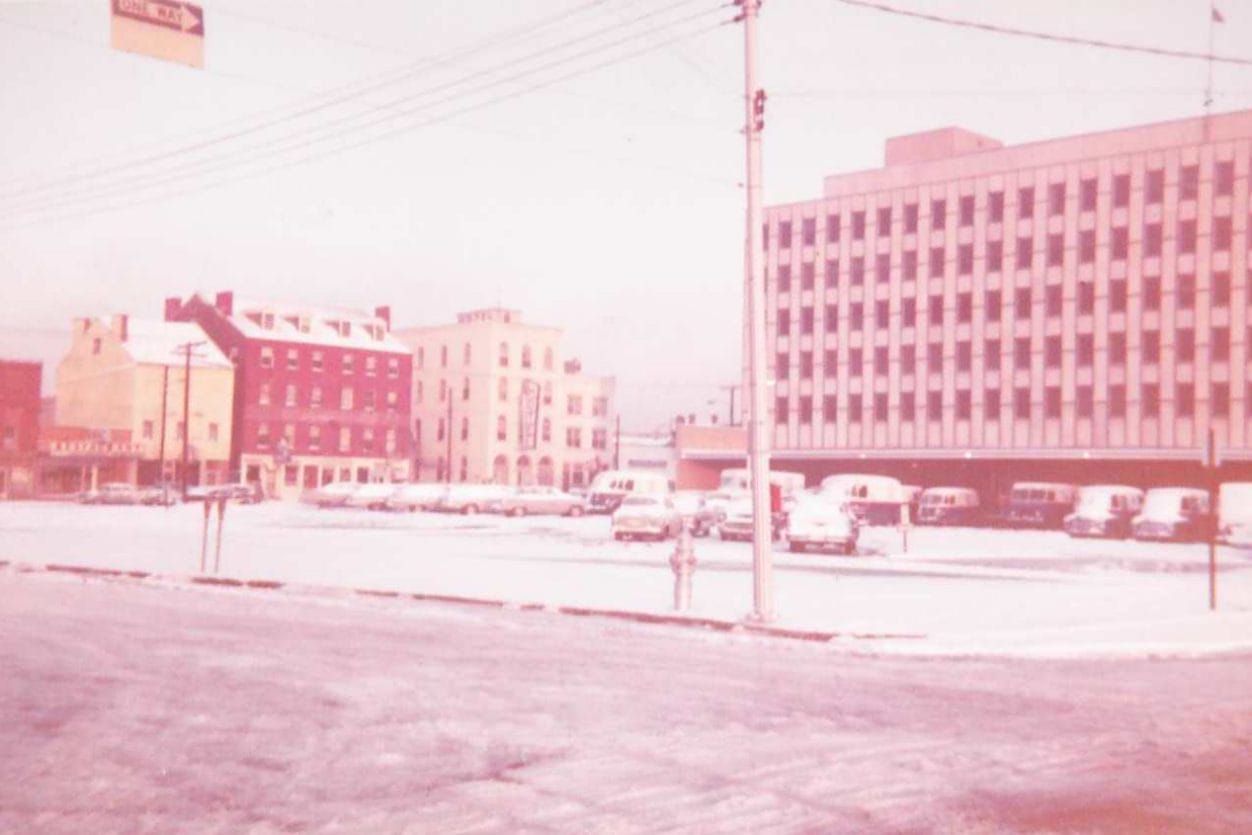
The Federal Building and Post Office now houses headquarters of the Fifth Coast Guard District and serves as the Command of the Atlantic Fleet.
1962
September 6
Midtown Tunnel opened
The two lane tunnel was added to supplement the Downtown Tunnel and Berkeley Bridge crossing. It is the second crossing between Portsmouth and Norfolk. In 2016, it was expanded with a separate tube, making two lanes in each direction. It was included as part of the Pinner's Point Connection, linking 164 and the MLK Expressway with I-264 and I-664.
1963
The Portsmouth Naval Shipyard Museum, founded in the Shipyard in 1949, was transferred to the Portsmouth waterfront at the foot of High Street.
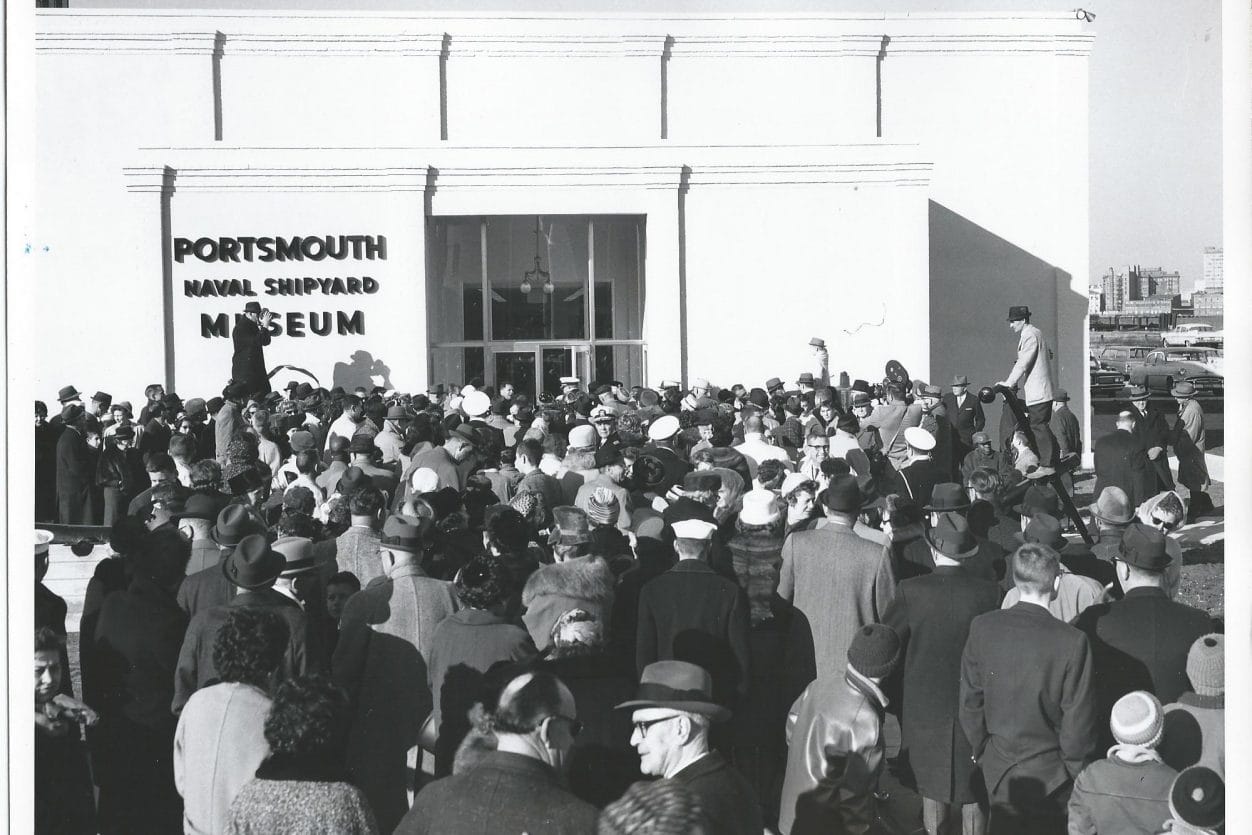
With the beginning of nuclear refueling projects planned for the shipyard, security became tighter. The public could no longer access the historic artifacts at the Shipyard Museum. When the ferries stopped running in 1956, the ferry maintenance building was no longer needed. The City and Shipyard worked together on exhibits for the museum and to make the artifacts and research library available to the public.
1965
April 28
The Naval Shipyard began repair work on nuclear submarines.
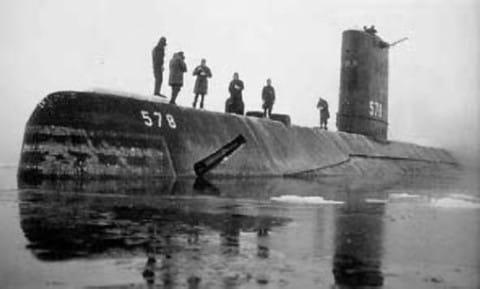
The USS Skate (SSN 578) arrived at the Norfolk Naval Shipyard and became the first nuclear powered submarine to undergo a major overhaul at the Portsmouth location. With the nuclear refueling and installation of the SUBSAFE package, the Skate remained in the yard until September 1967. Skate was the first submarine to finish this major conversion program which was instituted after the loss of Thresher (SSN-593) in 1963. After sea trials and a shakedown cruise in the Caribbean, the submarine returned to New London and participated in exercises involved in the development of new undersea tactics and equipment.
1967
The Lightship PORTSMOUTH was placed on exhibit as a museum on the waterfront near the Naval Shipyard Museum.

"The Lightship was declared a National Historic Landmark in 1989. September 20th - Portsmouth Marine Terminal began operation."
1968
January 1
Eighth annexation (West Norfolk, Craney Island, parts of Churchland and Western Branch district of old Norfolk County).
1969
Work began on the seawall and concrete walk along the eastern waterfront of downtown Portsmouth.
The Portsmouth Seawall is a linear walking path stretching about a mile on the eastern edge of the city. It is used for recreation by locals and visitors and includes commercial and residential structures along with museums and historic sites. A Seawall renovation project began in 2017 and should be complete in 2022.
1976
July 1
Portsmouth dedicates the Lafayette Arch
To commemorate America's bicentennial, the City of Portsmouth commissioned the Lafayette Arch. The arch is dedicated to all who have lived or died for freedom and was inspired by an arch erected in Portsmouth in 1824 to honor the Marquis de Lafayette’s visit to the city. The lion’s head came from the demolished American National Bank Building on High Street.
1980
January 5
Portsmouth Children’s Museum (now Children’s Museum of Virginia) opens
The Portsmouth Service League opened the original Children's Museum in the basement of the Portsmouth Public Library in January 1980. After great success, it was expanded and moved to the 1846 Courthouse (now Portsmouth Art and Cultural Center) in 1984.
1980s
Revitalization of Portsmouth
Revitalization includes the downtown business district, many capital improvement projects, including new streets and lighting, a new waterfront park and renovated City Park with boat ramp, landscaping and several beautification projects.
1994
September 5
TCC Visual Art Center opens in Olde Towne
Portsmouth was selected for the location where all art training could be consolidated. Taking over the long vacant Famous department store, the Visual Arts Center offers classes in drawing, painting, photography, printmaking, glassblowing, videography.
1994
December 10
Newly expanded Children’s Museum of Virginia opened.
The museum has over 60 interactive exhibits, the museum is the largest of its kind in the state.
1997
July 18
High Street Landing opened
This celebrates construction of the new permanent ferry portal and docking facility.
1998
Children’s Museum of Virginia expanded to 63,000 square feet
The museum opens with more than two dozen interactive exhibits, an antique toy and train collection, and a planetarium. The museum contributes over $5.1 million to the local economy.
1999
April 30
Naval Regional Medical Center dedicated new building
The Charette Center is the third naval hospital built in Portsmouth. It occupies a million square feet, five stories, and is a state of the art facility with 17 operating rooms, 300 exam rooms, 320 beds, 140 special treatment rooms, and 26 elevators. The Center is named for Master Chief Corpsman William R. Charette who served with the 1st Marine division during the Korean Conflict. Charette came under fire while treating the wounded. Despite being wounded himself, he continued assisting other marines. He was awarded the Medal of Honor for gallantry.
2001
Opening of the nTelos Pavilion at Harbor Center
This is an outdoor cultural arts amphitheater, comparable in size and quality to Wolf Trap in Northern Virginia, and Chastain Park in Atlanta.
2001
Portsmouth’s Ocean Marine Yacht Center weighs in with a 1,250-ton syncrolift, an 80-ton marine travelift and a state-of-the-art indoor repair and paint facility
The yacht center is located just 18 miles from the Atlantic Ocean where the engines, shafts and propellers of the world’s largest pleasure ships can be repaired. Additional amenities include 122 floating slips, indoor dry storage for 320 boats and more than 1,000 of alongside dockage. Completion of the center is scheduled for the first quarter of 2002.
2002
The official rededication of Building Number One, at the Naval Medical Center, Portsmouth.
Building Number One, is the nation’s oldest naval hospital, and has been a significant place for the treatment of the nation’s military and their dependents since early 1800s.
2002
May 26
Portsmouth, Virginia celebrates its 250th birthday.
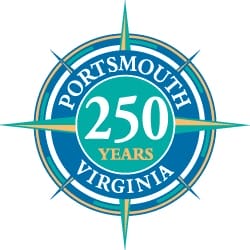
Portsmouth's citizens and visitors came together at the North Landing for a party that included a large birthday cake, performances by Colonel Crawford (Ricky Price), bands, dancing, and even a fireworks show.
2003
The First Order Fresnel Lens from the Hog Island Lighthouse came out of storage after nearly four decades to light up the Portsmouth waterfront.
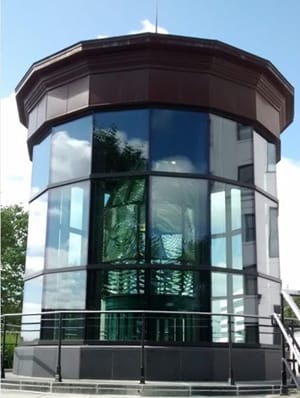
After nearly four decades to light up the Portsmouth waterfront. The Fresnel Lens is on loan to the City of Portsmouth by the U.S. Coast Guard. It once shone from the Hogg Island Lighthouse on Virginia's Eastern Shore and is the only lens of its kind on display outside a museum setting. The lens is valued at over $1 million.
2003
Hurricane Isabel made landfall in the Outer Banks of North Carolina.
The worst of the effects of Isabel occurred in Virginia, especially in the Hampton Roads area.
2004
The first 211 bricks were laid for the city’s new “Path of History”
The "Path of History" is a walking trail that tells the story of Portsmouth’s unique relationship with the local military and, especially, the Norfolk Naval Shipyard. It stretches from Fort Nelson Park outside the Portsmouth Naval Medical Center to Gosport Park located just across the street from Quarters A at the Norfolk Naval Shipyard. The path meanders through the Olde Towne Historic Neighborhood. Maps and guides may be downloaded from this site or picked up at the Welcome Center.
2007
ODU Tri Cities Center opens a 50,000 square foot facility designed to support a variety of graduate and undergraduate programs.
Located in the Churchland area, the Old Dominion University Tri-Cities Higher Education Center is a full-service facility offering upper level undergraduate 300- and 400-level degree completion classes, graduate and certificate programs, admissions, registration, advising and other student services for residents of Portsmouth, Chesapeake, Suffolk and surrounding areas
2007
Virginia International Gateway opens terminal located on the Elizabeth River in Portsmouth, Virginia.
This is the largest private port development in the United States and is operated by the Virginia Port Authority. It began under APM Terminals and has since evolved into a partnership that includes Alinda Capital and the Virginia Port Authority. The terminal saw significant upgrades in 2019 and is now capable of handling three Ultra Large Container Vessels at one time. The terminal is equipped with a fleet of 12 super post-Panamax cranes, capable of handling the largest container vessels. The container yard consists of 28 semi-automated stacks, served by 56 rail mounted gantry (RMG) cranes. These stacks can easily process more than 3,500 truck transactions per day. The terminal also offers more than 1,200 reefer plugs for customers moving chilled and frozen cargoes.
2009
Tidewater Community College opens Portsmouth campus.
The new state-of-the-art facility, is located in the Victory Village business park.
2009
The United States Coast Guard designates Portsmouth as “Coast Guard City”
The United States Coast Guard has maintained a presence in Portsmouth for over a hundred years. Portsmouth current serves as the headquarters of the Atlantic Fleet Command and the 5th District. Being a Coast Guard City means there is a special relationship between Coast Guard and the host community. As of 2021, there are only 28 such cities in America.
2020
Casino Gaming approved by Referendum
Portsmouth enters into an agreement with Rivers Casinos to operate a full service casino, hotel and entertainment venue on vacant land off I-264 at Victory Boulevard.
2023
Rivers Casino Portsmouth Opens
On January 23rd, 2023, Rivers Casino Portsmouth opened its doors. Rivers is Virginia's first permanent casino. Built on 57 acres, just off I-264 and Victory Blvd (located three miles from Historic Olde Towne, Portsmouth). The casino boasts a 400,000 sq-ft dream resort for travelers and locals alike. It features six restaurants; a 3,000-seat, 25,000 sq-ft event center; 3,000 parking spaces; 1400+ slot machines, 57 gaming tables, Sports Betting, a special poker room, TopGolf® Swing Suite®, state-of the-art security; and the casino and its bars never close.

